I love traveling to Japan. I mean, I’ve only been once before, but I have the same feeling after this trip as I did the first time – I want to live there. It’s so different from America culturally, and yet so user friendly. So orderly, and yet so chaotic. So reserved, and yet so over the top. So modern, and yet so historical. So urban, and yet so natural. Nowhere are these dichotomies more ever present than in Tokyo, the world’s largest city (both by geographic area and by population) where you feel the distinct character of neighborhoods. I feel like I walk around with my mouth agape the whole time, just stunned by… everything. It’s hard to even put into words the myriad of feelings.
So what does one do in a city so large and complex and different? The options are endless, and that can feel overwhelming – especially if, like so many, you only have a few days in the capital before moving on to the rest of this incredible country. On my most recent trip, though, we stayed exclusively in Tokyo, and spent ten full days exploring its mysteries. We only made a dent. But out of those days, and all the myriad activities they contained, I’ve boiled it down to my personal Top 10 – the best things I experienced in a city that could take a lifetime to understand. I’m sure I’ll have a completely different list the next time I visit, which I hope will be very soon!
#10: Suigian Restaurant
Open for dinner, Tuesday through Sunday
This was the only dinner reservation I made for our stay in Tokyo, despite the numerous and varied fine dining options. I wanted to give us as much freedom as possible so that we could adjust to the incredible size of the city, and decide on the spot what kind of activity to do based on how we were feeling day to day. Everyone talks about walking 20,000 steps a day in Tokyo, but they are not exaggerating, and I didn’t fully comprehend how exhausting that much activity could be! But I knew how good the food would be even if we only ate at the most humble establishments, so I only booked this one meal – and we went all out for it.
Suigian was a delightfull, cultural experience that packed a lot into one evening, even if it did have a feel of being aimed at tourists. That’s not always a bad thing in my books. And being a Wednesday, it was a pretty slow night, which might have had something to do with that feeling. But either way, the night was just beautiful. The omakase (tasting) menu was based on traditional Shojin-Ryori, Buddhist vegetarian cuisine highlighting seasonality, but it also incorporated some meats and seafood. To drink, my aunt had a lovely saké, but there were some truly spectacular non alcoholic options, too – from premium traditional teas (and a carbonated cold green tea), to a NA gin and tonic, to homemade ginger ale, which is what I went with. It was so flavorful and spicy and delicious. The setting was dark, and yet well lit, artfully decorated, and comfortable. We sat on a low couch in front of our stage-facing table. The entertainment, drawn from traditional Japanese performances arts, was a beautiful rendition of Noh Theater with a single kimono-clad dancer in full oshiroi (white-face geisha style makeup), a man playing the shamisen, and a woman singing. After dinner, we participated in a traditional tea ceremony in the classic tearoom, where the etiquette and history were explained to us by our lovely hostess.
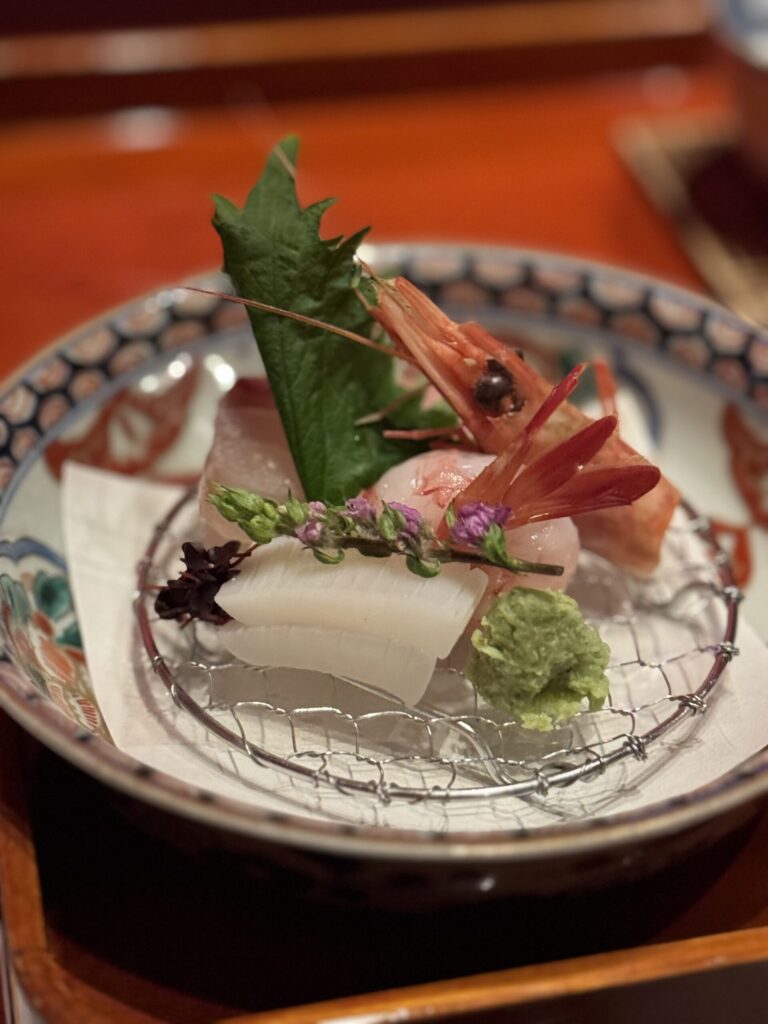
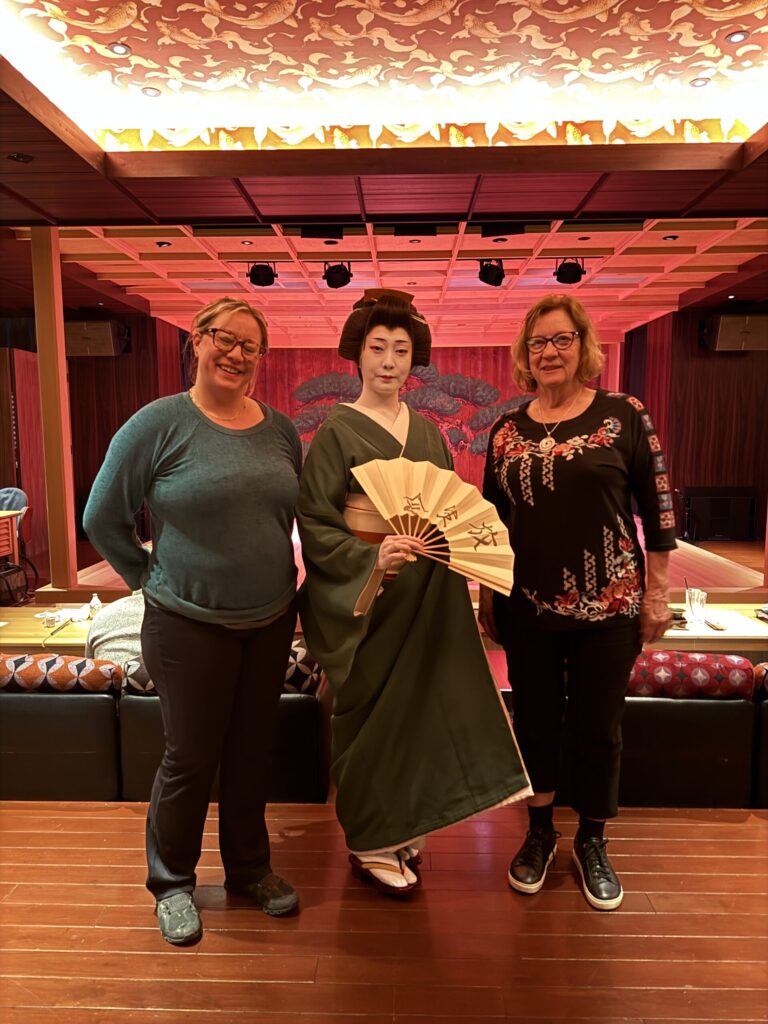
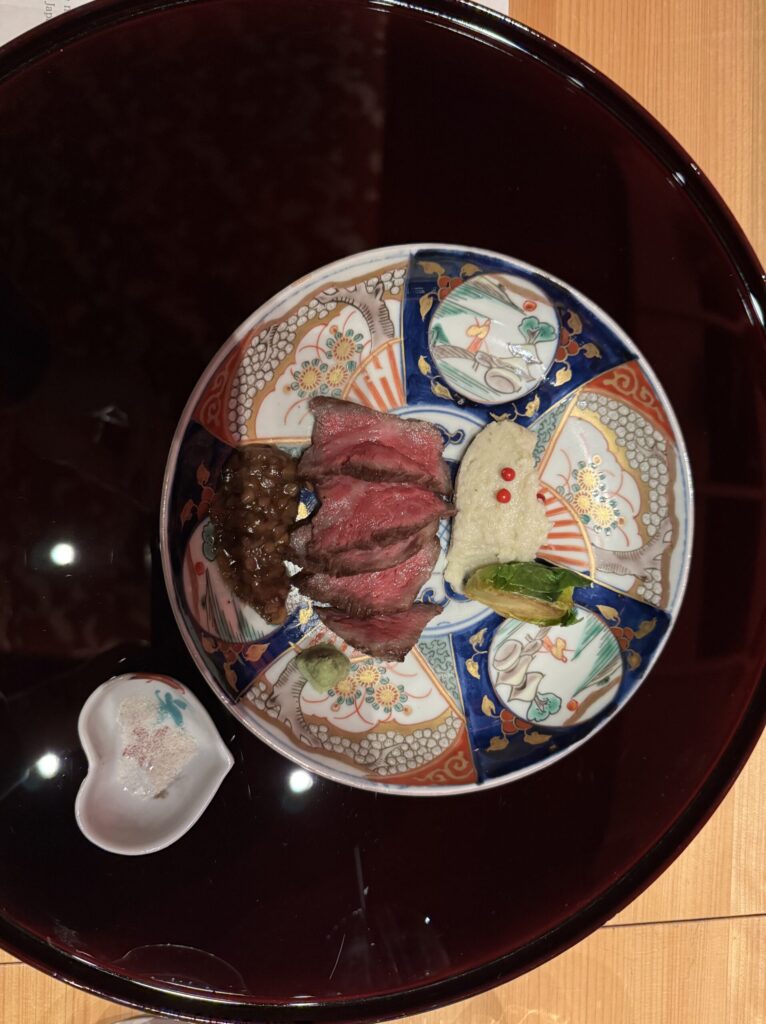
All in all, I left feeling like I had had a really unique experience that incorporated so many unfamiliar, historic, cultural elements. Everything had just been so interesting. It was an unforgettable evening.
#9: Tokyo Metropolitan Building’s Free Observation Deck & Tokyo Night and Light Show
Observation Deck Hours: 9:30am – 10:00pm; FREE
Tokyo Night & Light Show: starting every half hour between 5:30pm (in the winter, as late as 7:30pm in the summer months) and 9:30pm; FREE
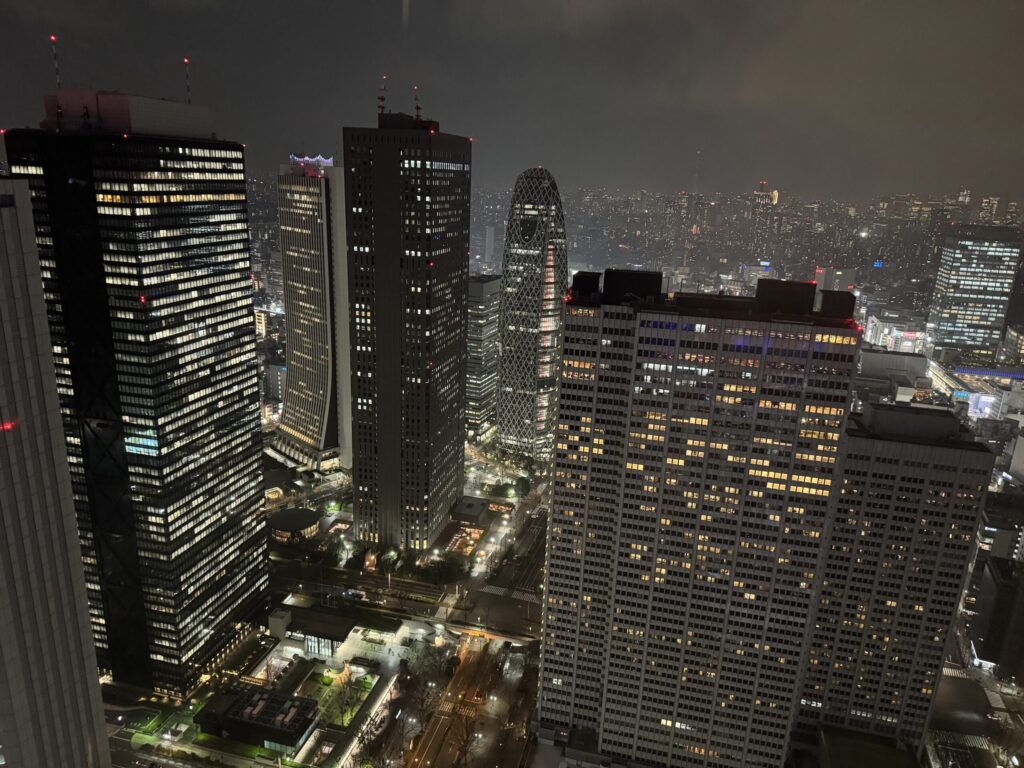
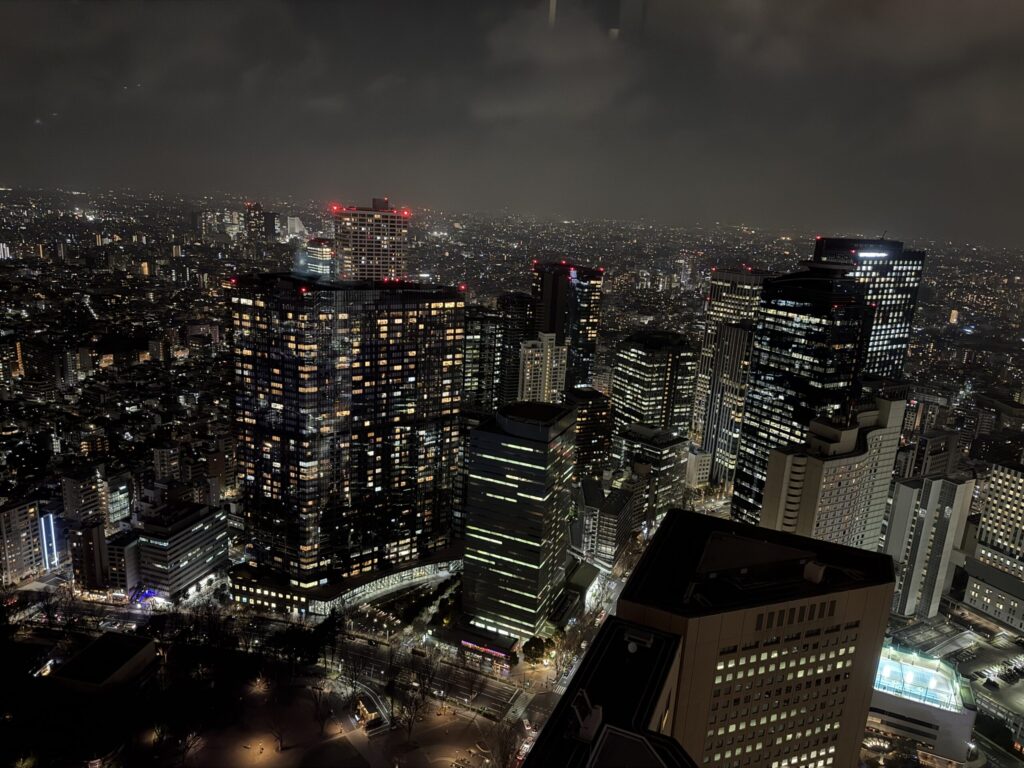
This was a great solo activity for me one evening after my aunt pooped out for the day, and is the perfect after dinner experience for any sober travelers who don’t want to spend the night surrounded by not-sober activities. If you time it right, you could watch the sunset from this tower, and I’m guessing it would be amazing, but the lines can get long at those peak times (you can check the approximate wait time on their website). The line moves fast though, and I zipped right up to the top floor to panoramic views of the city at night from 202 meters up. It was dazzling, the lights stretching seemingly infinitely, with the cool sky scrapers in the foreground and the Tokyo Skytree in the distance. Pictures are a challenge at night, as the lights inside the building reflect off the glass, but it was kind of a fun challenge. And, of course, there was the ubiquitous gift shop and snack stand in the center of the area.
After sating my need for the wonder and enchantment of twinkly city lights from above, I headed down to a “lawn” just across the street from the building to sate my need for flashy lights and thumping beats at the Tokyo Night and Light Show, projected unto the building I was just inside. I say “lawn” because I’m fairly certain it was not real grass, but it was delightfully springy and comfortable to lie back on to watch the show. There are a bunch of different pieces done by artists who design the projection mapping light show, set to various music, and for 15 minutes at a time (which covers 3 or 4 different pieces, which change throughout the evening) you are immersed in a somewhat nonsensical, but still enthralling, spectacle. One piece I saw was called “PAC Man Eats Tokyo”, but there are so many wildly varying themes that I think you could go every night and stay entertained. They range from Ukiyo to Godzilla, natural or historical subjects to video games and anime. It was bonkers, in a way that really embodies the spirit of Tokyo to me.
#8: Leaving my plans behind (or at least minimizing them) and embracing the wanderlust
The best plan I ever had in Tokyo was to only make a few very loose plans. One day we wandered around Harajuku. We strolled down Takeshita Dori, with its youth culture and so much kawaii (cuteness); when we wandered down a side street, just a block away, we found Togo-jinja Shrine and its beautiful grounds – the juxtaposition of loud, crowded, chaotic and spiritual serenity really sums up Tokyo for me. Plus, this was one of the areas where the memories of my last trip to Japan in 2018 hit me right in the kisser. I was nervous about these memories of a completely different time in my life possibly being a huge bummer, highlighting all the things and people that are not in my life anymore, but it was actually really cool in a twilight-zone kinda way.
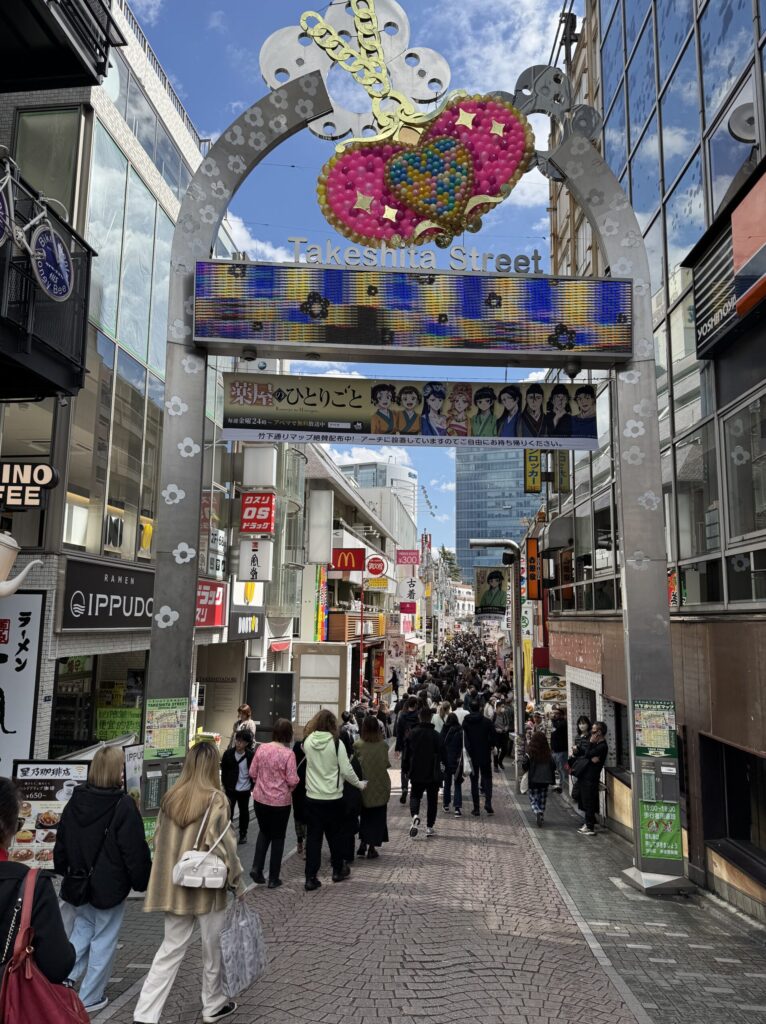
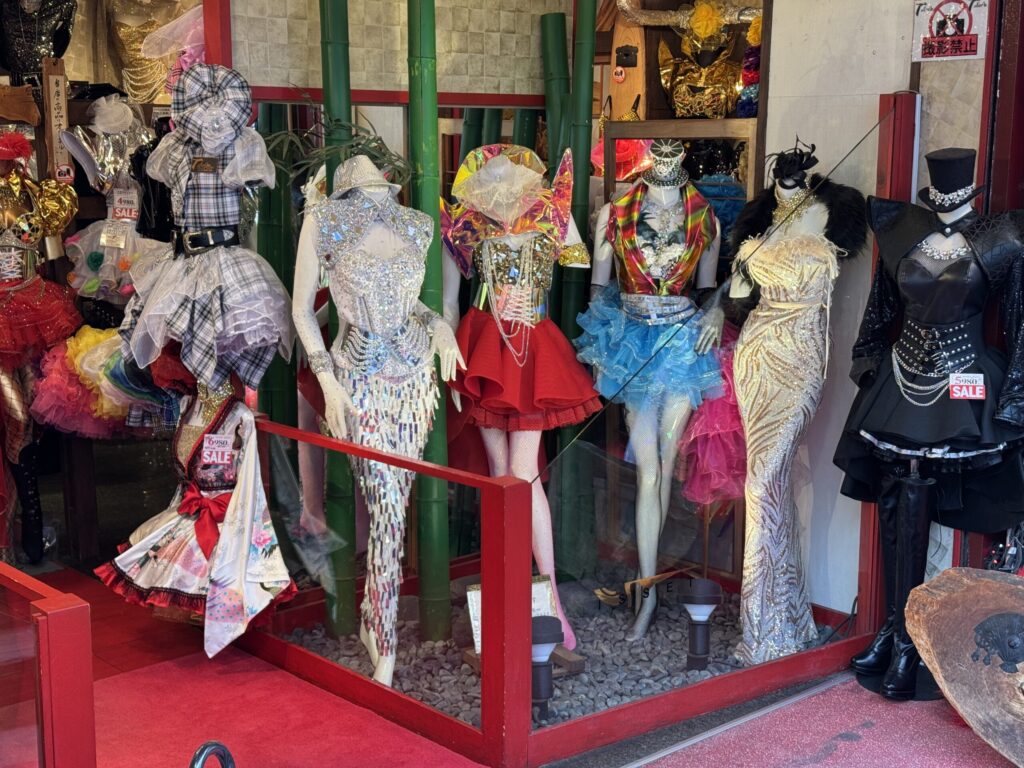
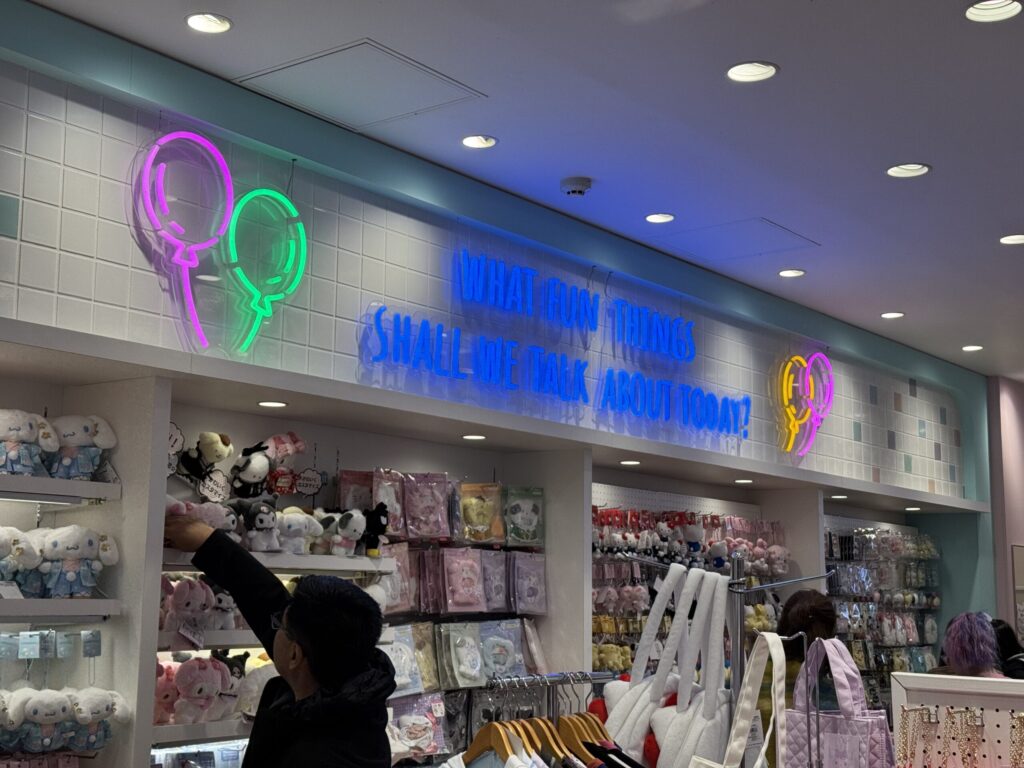
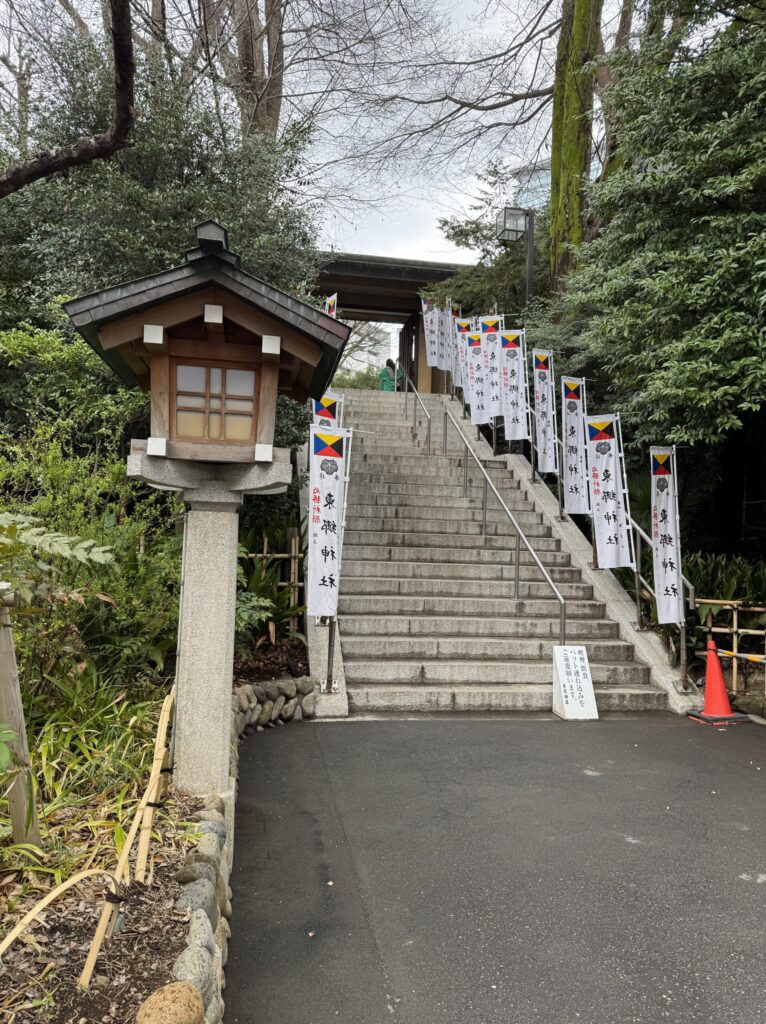
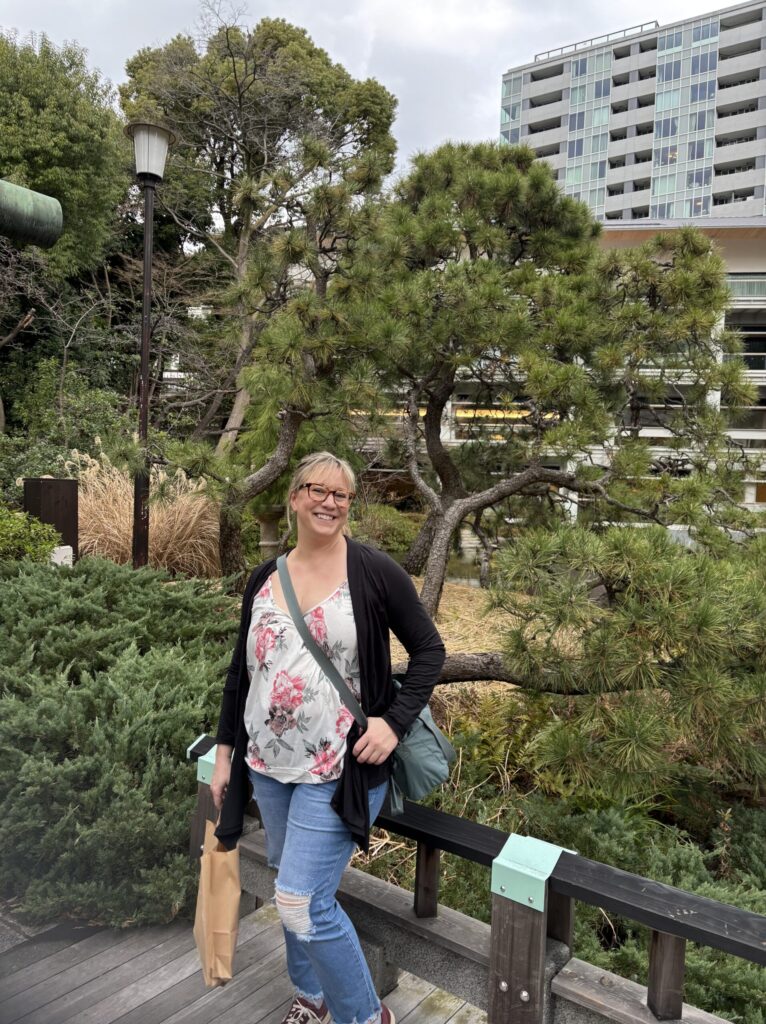
Another day we took Sagenjaya’s Retro Street Tram to a bunch of little neighborhoody stops, including Gotokuji Temple – famous for the beckoning cat collection. We ate at a tiny little place where no one spoke any English, and the menu was teeny, but we had amazing seafoody pasta. I found a tiny coffee joint, where I sat on a stool in front of the take-out window/bar and drank perfect espresso and smoked a cigarette (which you cannot do on the street in Japan, only in designated areas). And we saw actual neighborhoods of single family homes, which seemed insane in such a densely populated city, and admired an incredible variety of architecture and gardens. At one point we stood in the ruins of Setagaya Castle, dating from sometime in the 14th century.
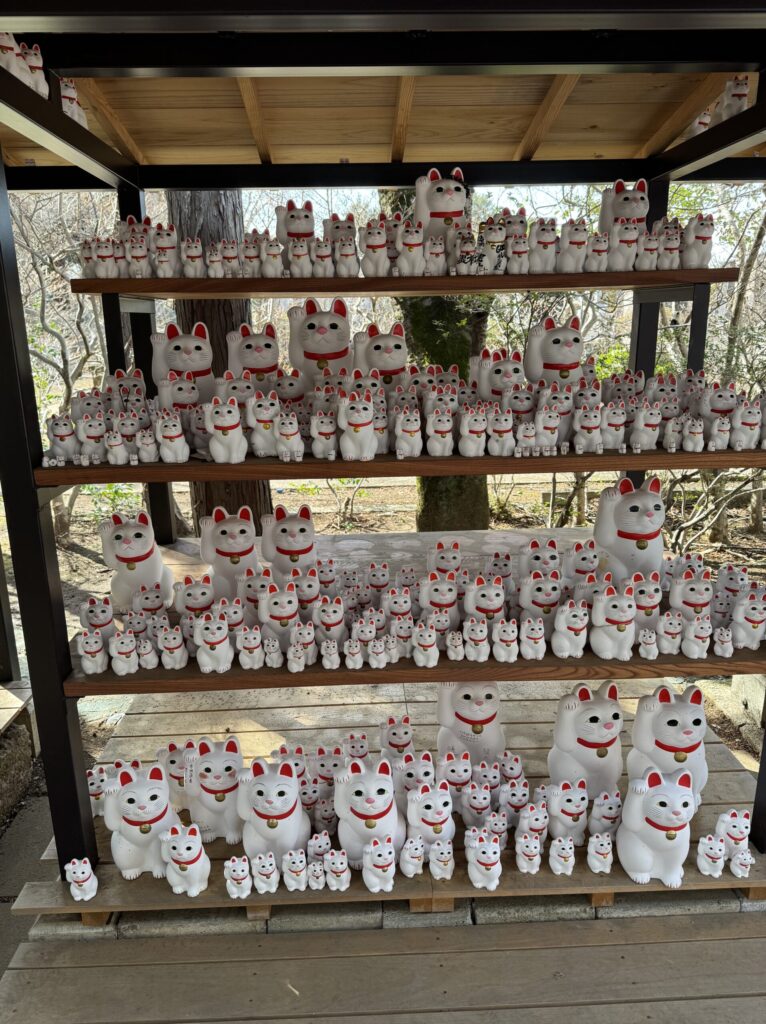
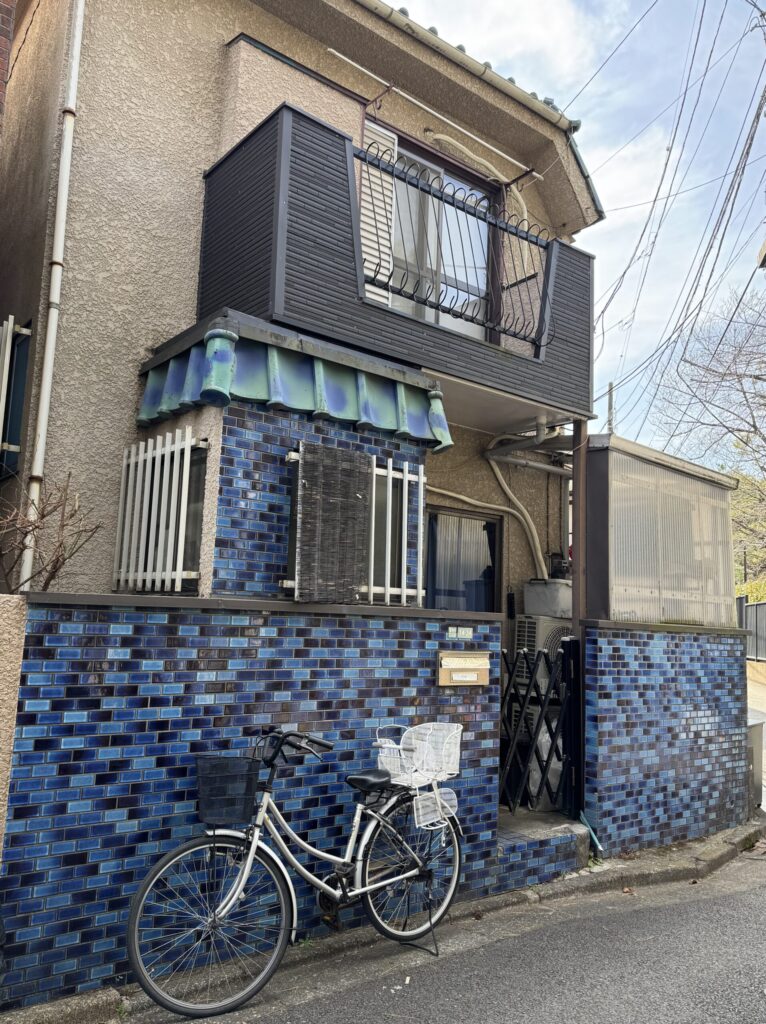
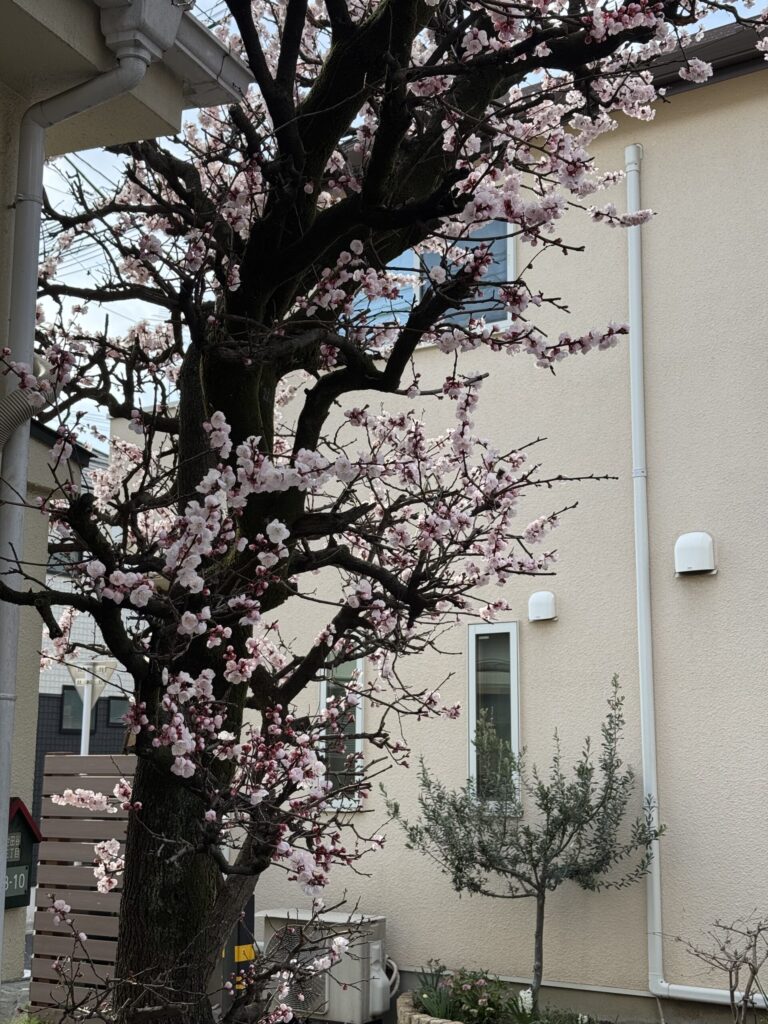
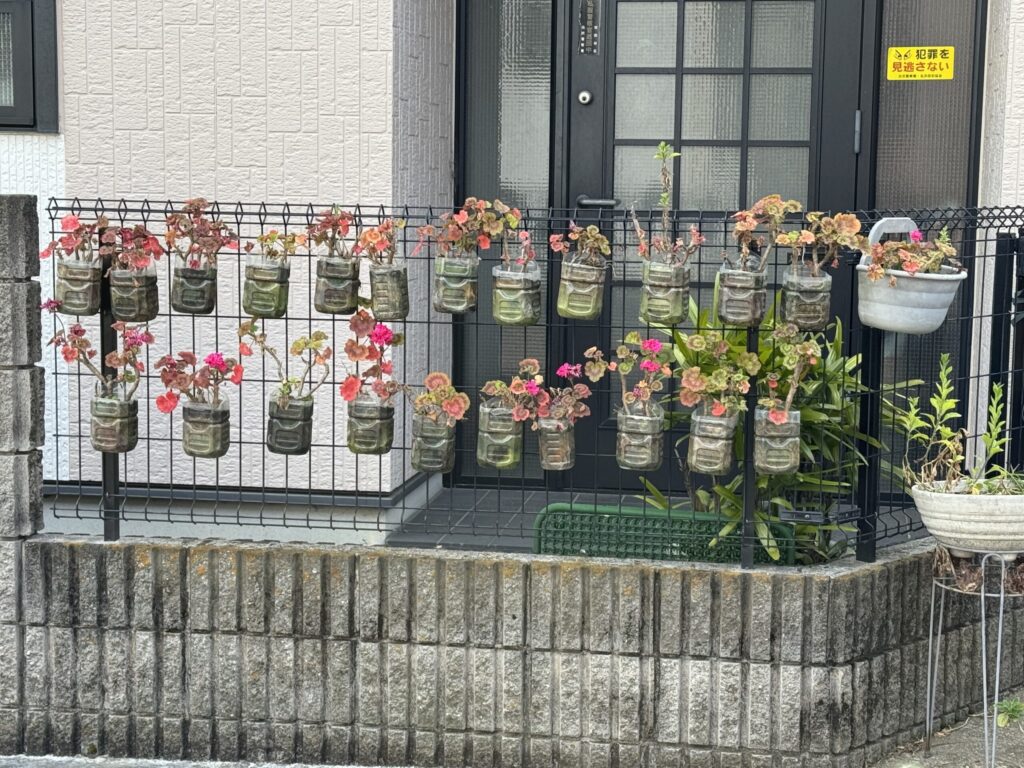
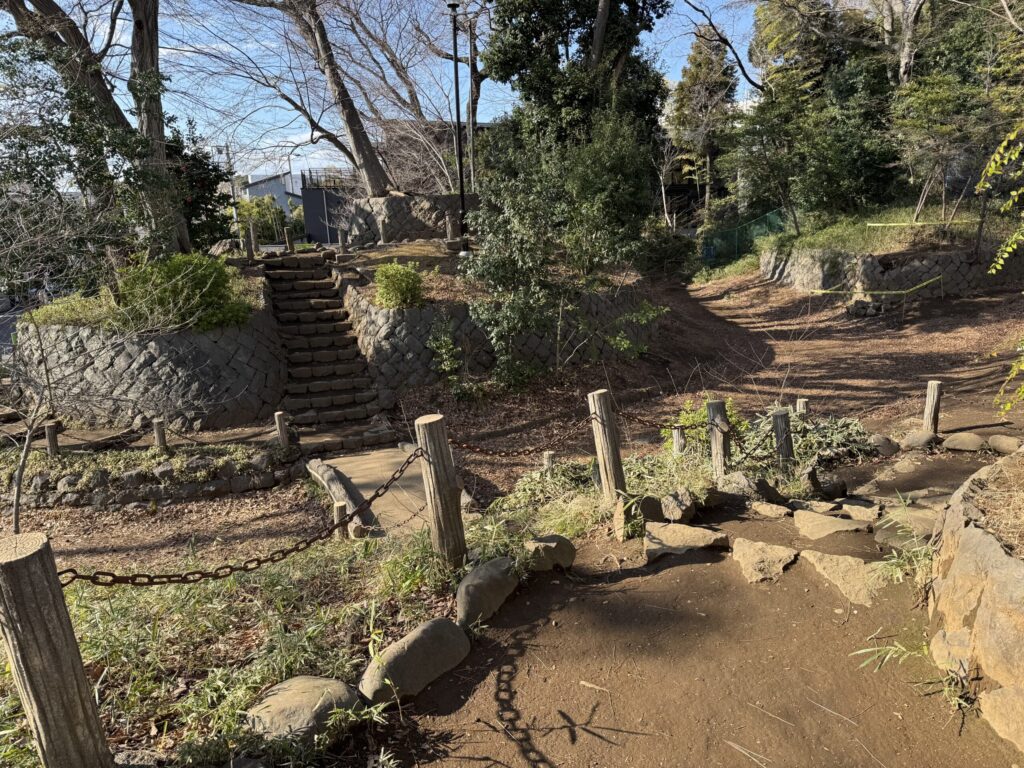
Tokyo is completely bonkers in the number of interesting things to see and eat, and so so many of them aren’t big or extravagant enough to be a thing that one might seek out specifically, so making time to just doodle about without a real plan is essential. I mean, this city has this whole thing called the Tokyo Toilet Project, where 17 public restrooms were redesigned by architects and designers just to make them super fucking cool looking! Bananas! I did sooo much research before this trip, and made a FIFTEEN PAGE spreadsheet with all the things to see and eat and do, and that came in handy – but it was in throwing those pages in the air and picking a neighborhood (with maybe a thing or two in particular to head towards) and wandering about that we really found the magic of Japan.
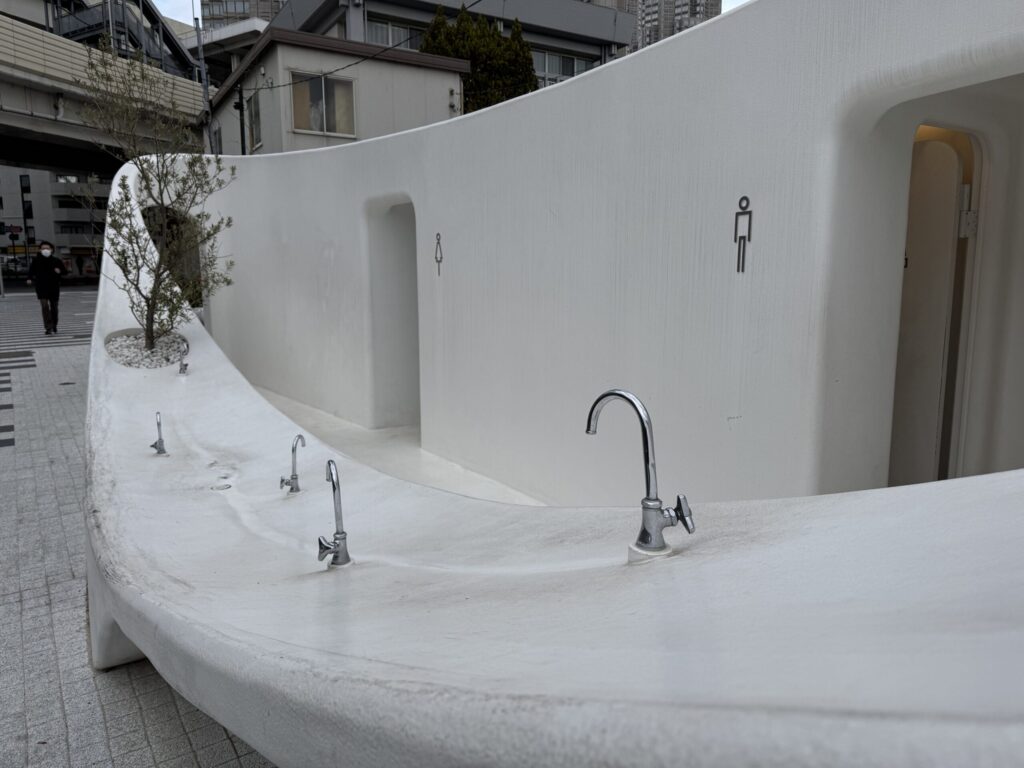
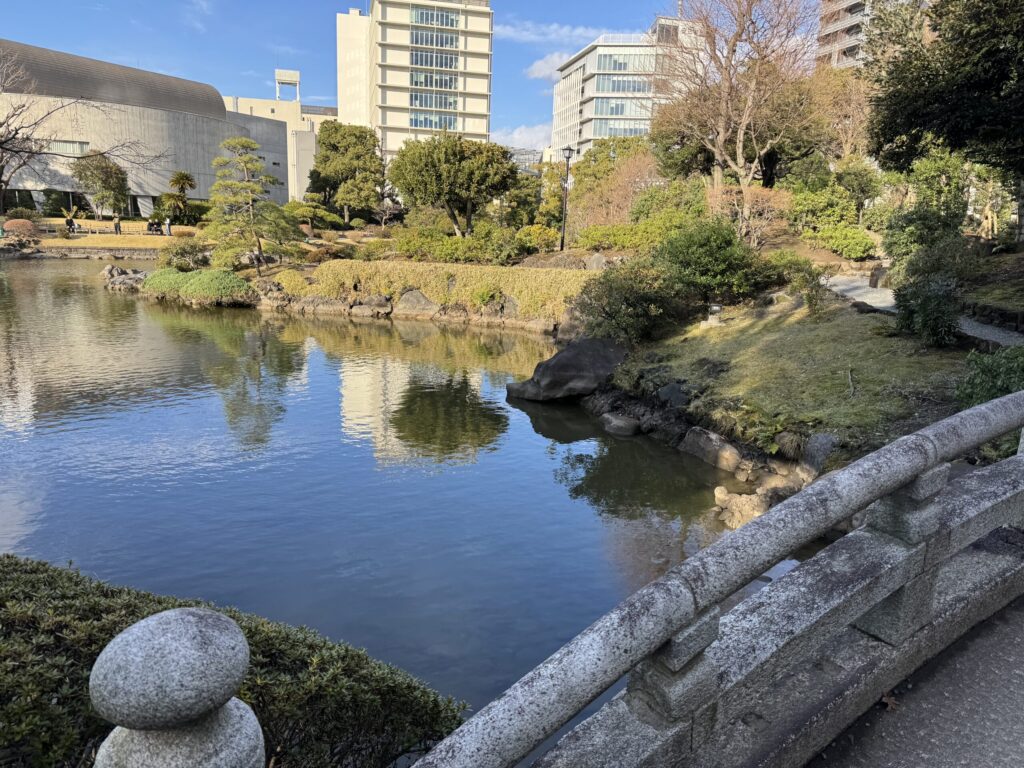
#7: Sumida Hokusai Museum
Hours: 9:30am – 5:30pm; closed Mondays
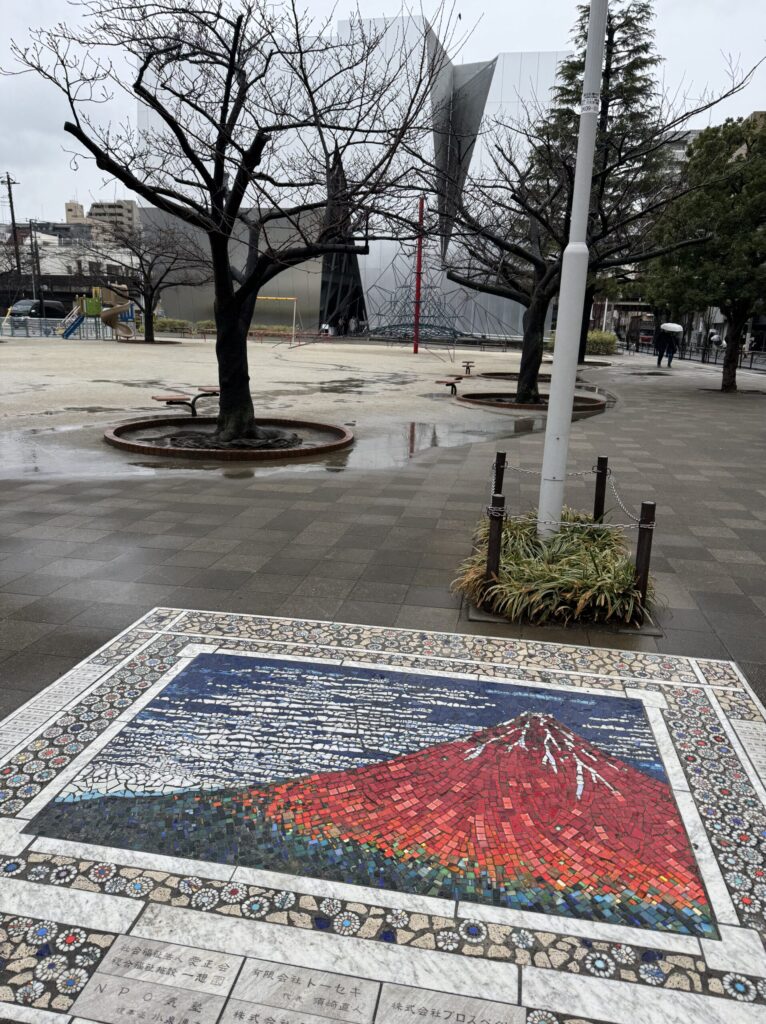
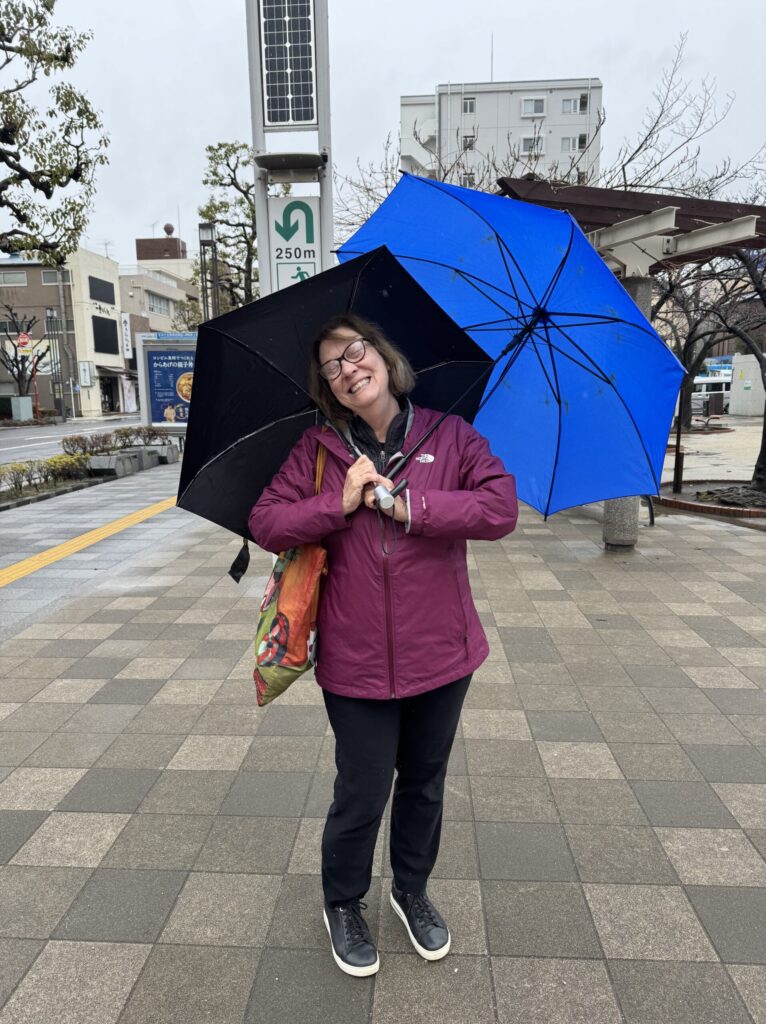
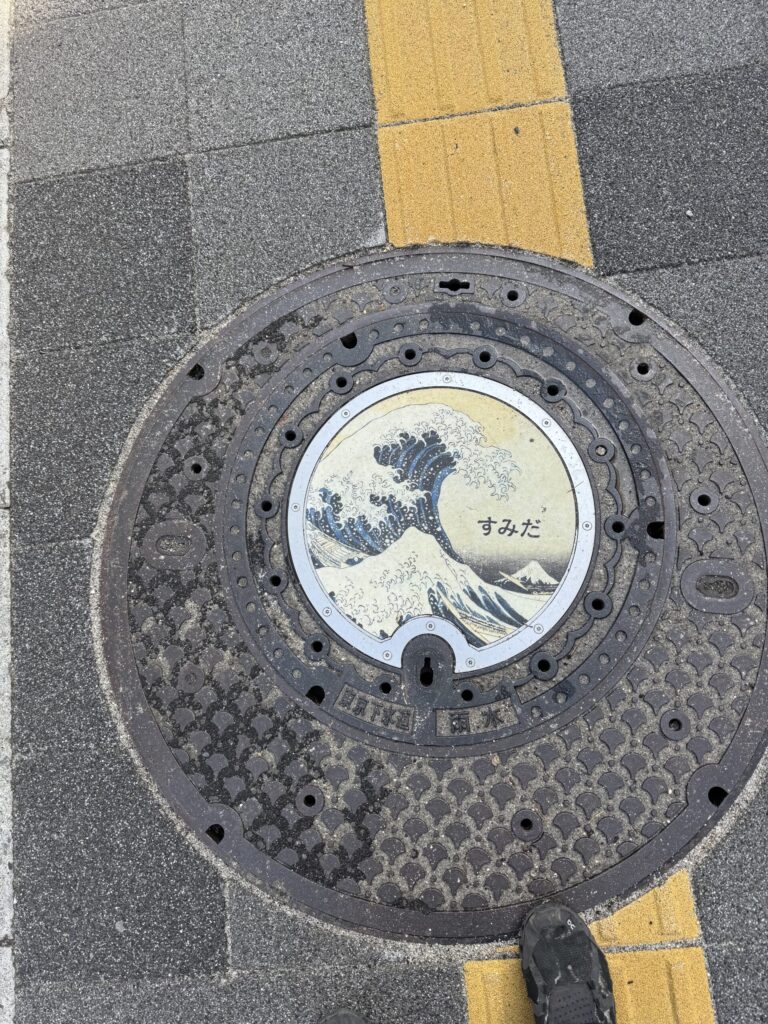
Hokusai, the 18th-19th century Ukiyo-e (woodblock print) artist most famous for his piece The Great Wave Off Kanagawa, was native to the neighborhood of Sumida, so here his museum stands. It is a smaller museum, a bit off the beaten path, but that is my favorite kind – it allows one to fully immerse themselves in a particular facet of life or art or science or whatever the subject is. Hokusai was hugely influential on the development of modern art, both in Japan and in Europe during its Japonisme craze of this era (van Gough and Monet were big fans). He shifted the focus of ukiyo-e from portraiture to more natural subjects (landscapes, plants, and animals); he was known by at least 30 names, and he truly appreciated the art of “selling himself” that made him a known force in the art world of his day; he spent time as a teacher and developed a series of “how to draw” style books (on display in the museum), including several that were focused on humor and, um… irreverent, or maybe dirty, subjects. And that’s all on top of his 36-print series on different views of Mt. Fuji (and many other accomplishments, these are just my personal highlights that stuck with me). As someone who appreciates but doesn’t really know tons about Japanese Art and its history, this museum was perfect. And bonus – even seeing and reading just about everything, we got through the museum in an hour or two, before our little ADD brains completely lost focus!
#6: Shinjuku Gyoen National Garden
Hours: 9am to 4-7:30pm (depending on time of year)
Hot Tip: during peak cherry blossom season (end of March, beginning of April), you can (and might need to) make advance reservations on the web site.
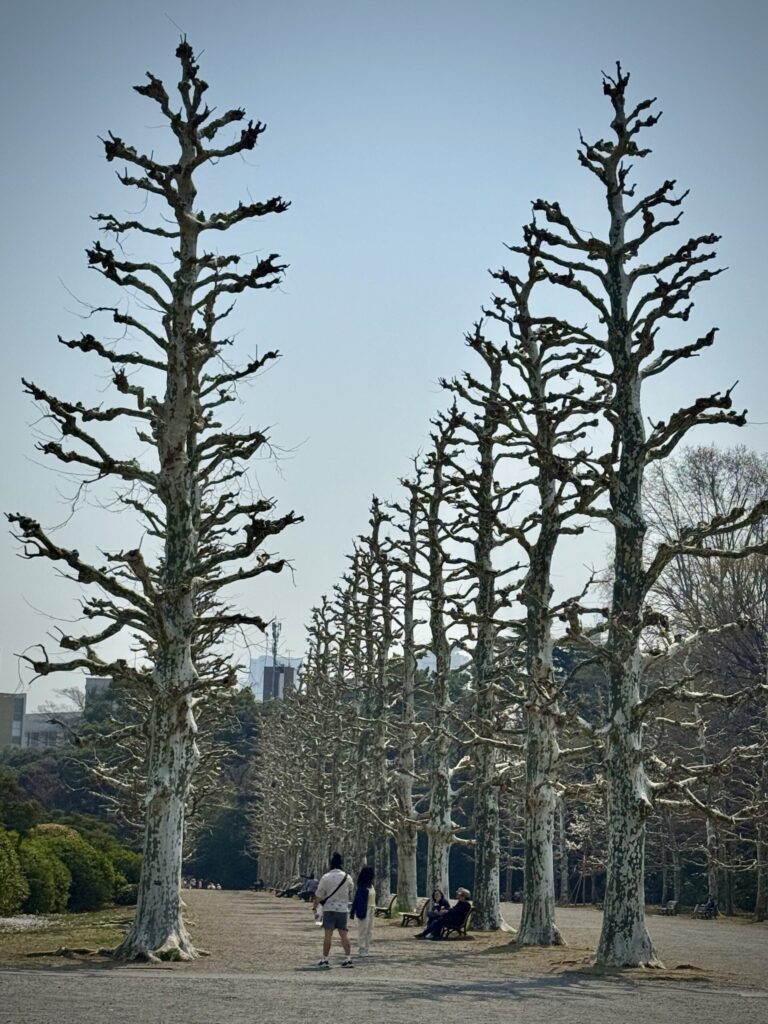
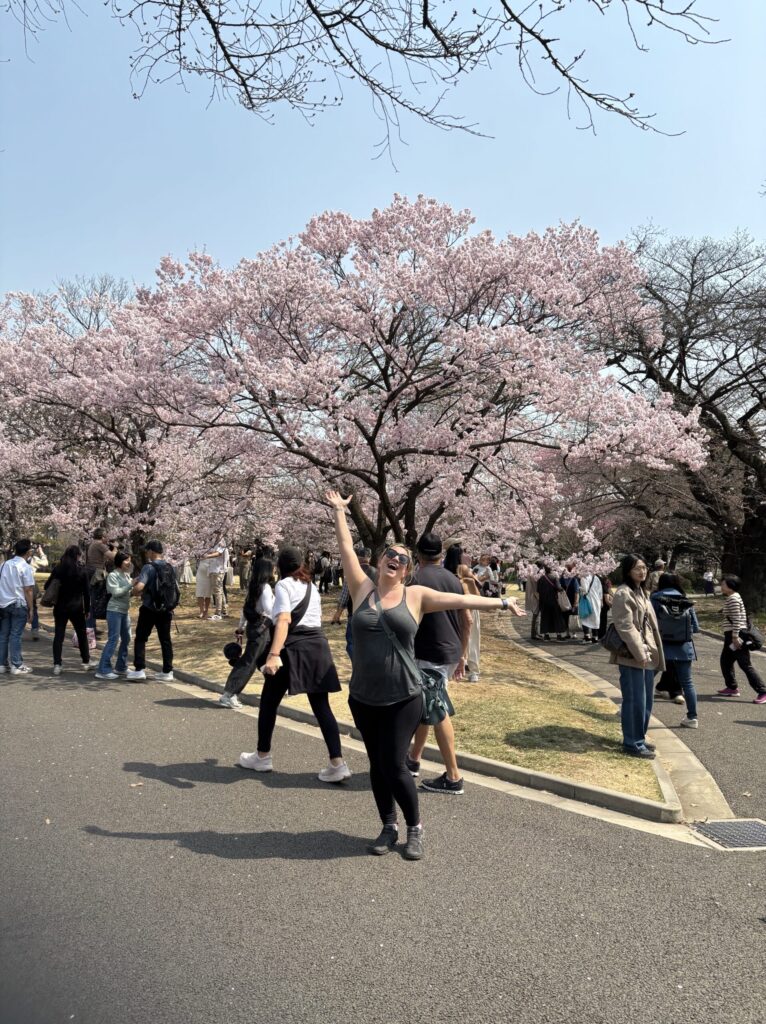
This was our last activity in Tokyo, on the morning of the day we flew home, and I’m so glad we made it to this garden in the end! While the cherry blossoms are said to be wonderful here, and there were several large trees blooming fully during our visit, the garden would have been totally worth it on its own. It is spectacular. The “Satoyama Woodlands Experience” felt like wandering through an ancient forrest, a million miles from the cacophony of a big city. The Traditional Japanese Garden – with paths winding around a series of ponds, and two historical tea houses (just the buildings, not actually serving tea) providing serene view points – was full of beauty and peacefulness despite the early-spring time of year and the crowds around the blooming Sakura (the only chaotic or crowded areas of this huge park). And the extremely orderly rows of enormous, skeletal, bare, white London Plane Trees were breathtaking and otherworldly. I think they might have been my favorite part, and better for not having any leaves just yet. (This area, in the formal garden, is called the Avenue of Sycamores – I am now learning that these ridiculous trees are a hybrid of the Oriental Plane and the American Sycamore, and the area must be on a whole other level in Autumn when the foliage is bright yellow-orange). As some random dude in New Orleans City Park once told me, I am a tree person (he was not wrong), and this park provided a much appreciated respite from the concrete jungle.
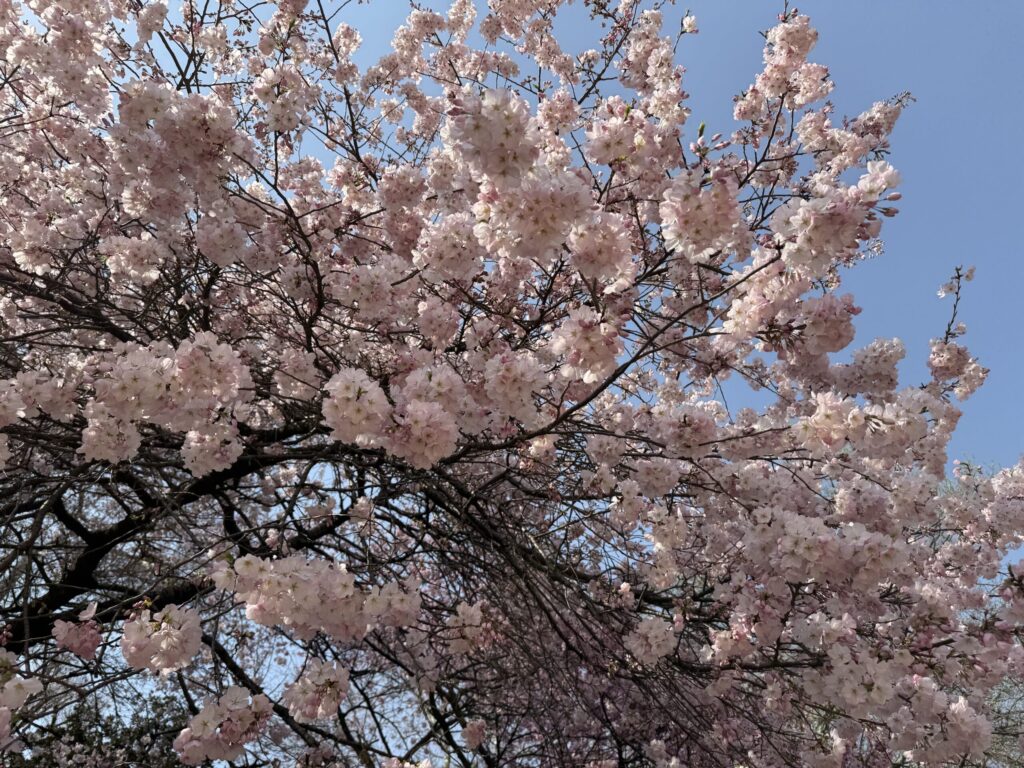
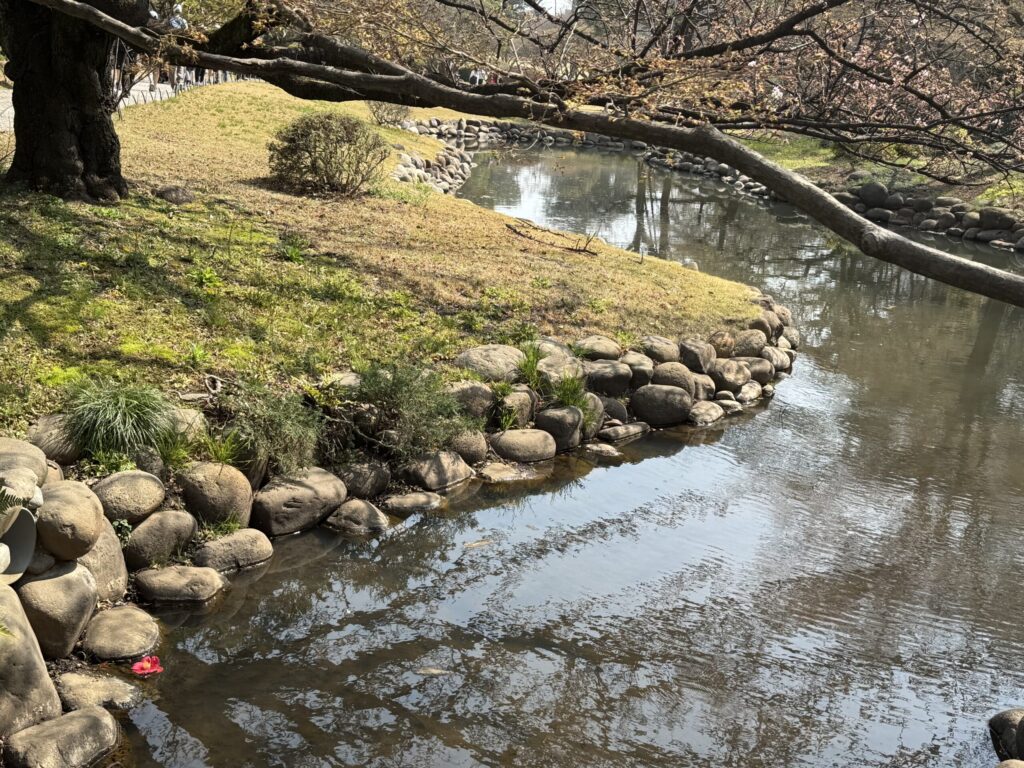
#5: Yokocho (in general)
There’s a great explanation and guide to yokocho etiquette at www.gotokyo.org
Entering a Yokocho in Tokyo is like stepping back in time. They are narrow alleys, sometimes one, sometimes a maze, filled with tiny izakayas for eating and drinking. Sometimes, there are also little shops. Many were black market areas in the times of rationing after WWII. They tend to be pretty quiet and/or closed up until around 5pm, but after they ramp up at dusk, they are lively little hotbeds of local culture and cuisine. And they feel like they’ve been there for hundreds of years.
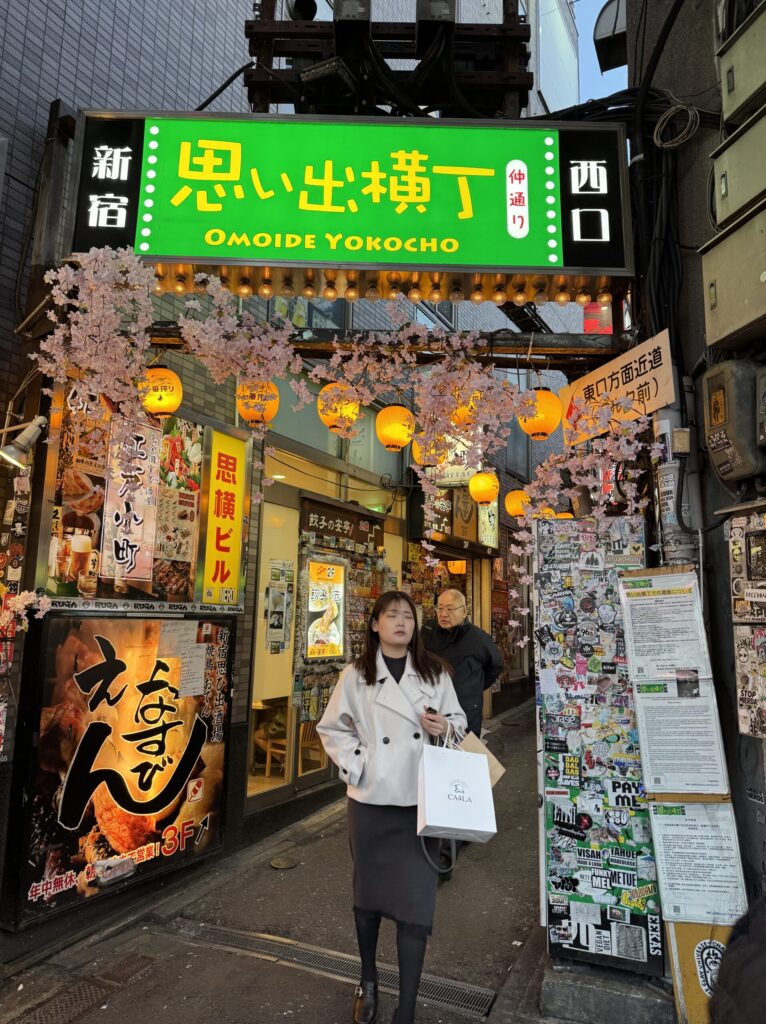
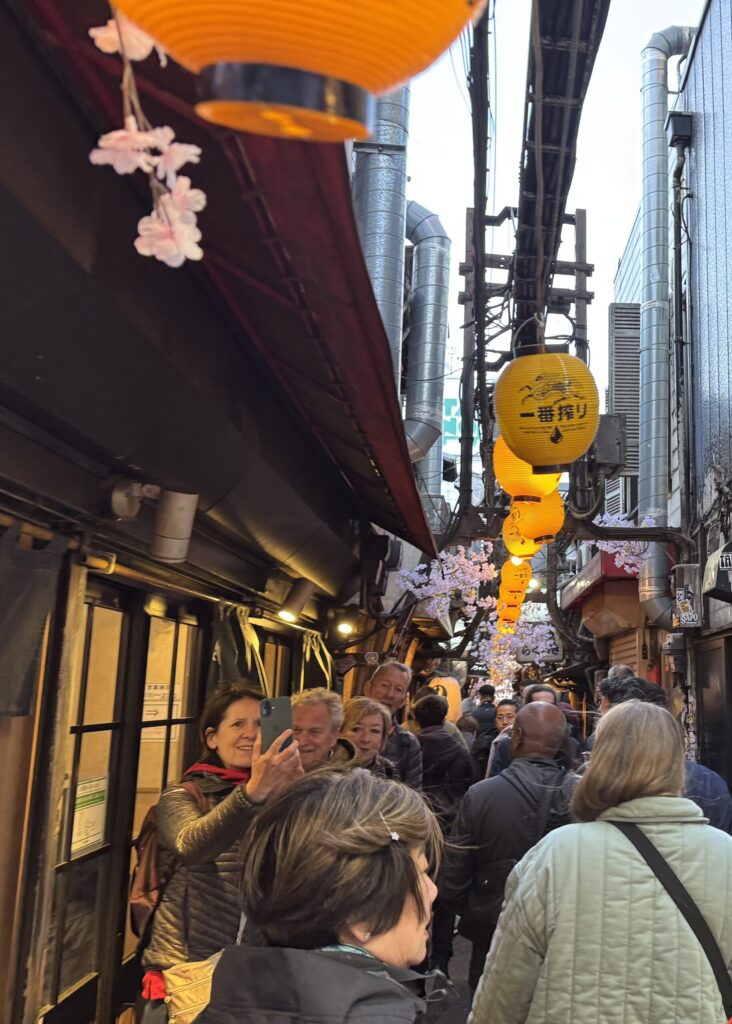
We visited a few of these magical little time machines, but my favorite experience was in Omoide Yokocho in Shinjuku. We went on one of our first nights, and after choosing a place fairly randomly and eating chicken skin and shiitake mushroom yakitori, and a scallop grilled in butter in its own shell, we kept a-wandering… and then it hit me. I had been in this exact spot before. Ahead of me, there was a cross street that put a little kink in the path of the alley we were in, and directly in front of us was an unagi izakaya where, seven years ago, I sat with my then-husband eating an omokase of eel. It hit me like a wave – I think my head actually snapped back, and I had a moment of intense anxiety about what I was going to feel… but it was fine. Just like in Harajuku, it was bizarre, but in a cool, kind of nostalgic way instead of a “oh God, I’ve lost everything I cared about” kind of way. (PS – on that same trip, in this same alleyway, we also tried horse sashimi. It was very chewy.)
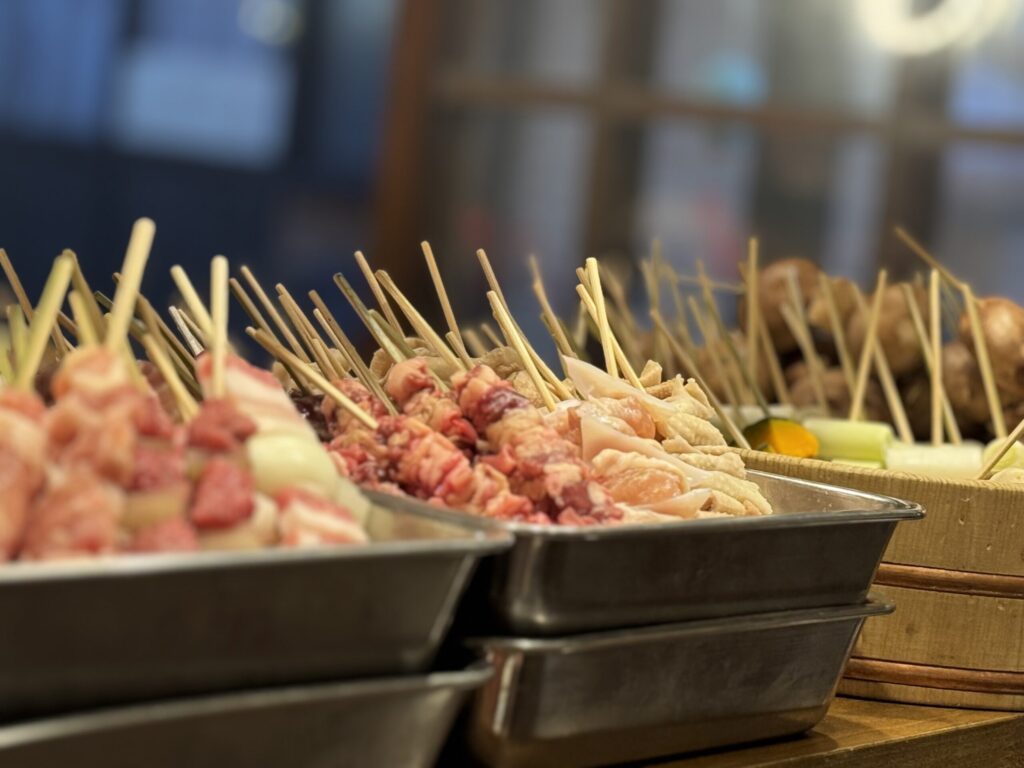
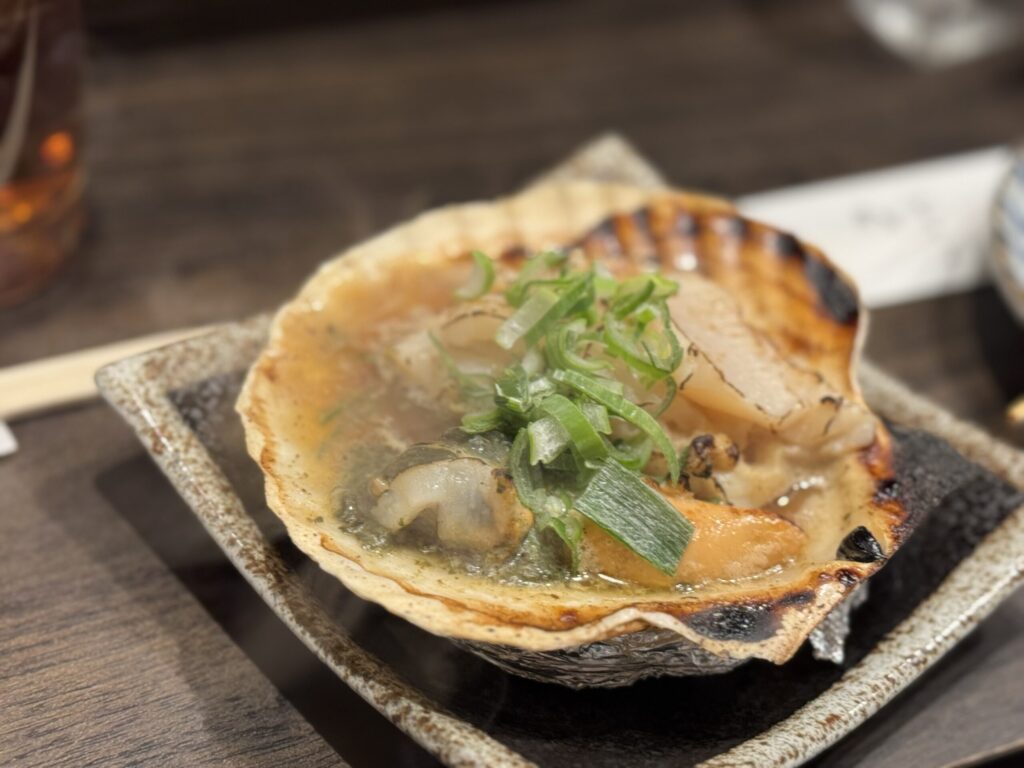
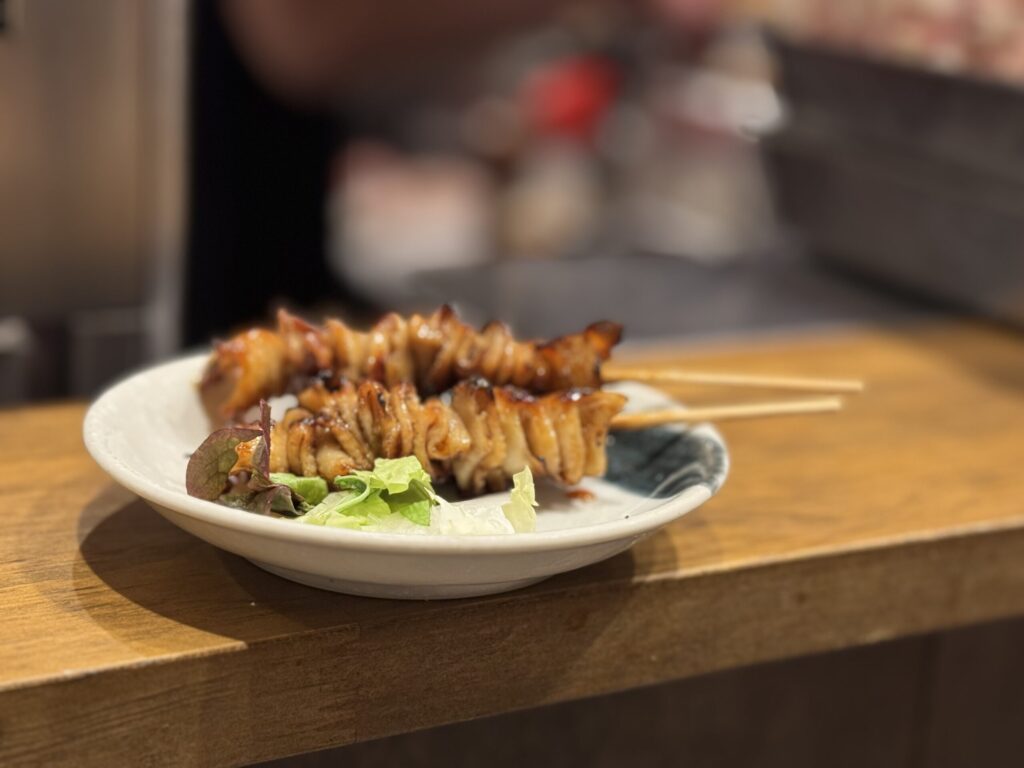
You have a couple of options when visiting these alleys – pop into the first establishment that catches your fancy and izakaya-hop your way down the alley; or wander the whole alley perusing options before picking (they’re usually pretty small areas). I’m partial to the first method. The tiny establishments usually specialize in a tiny variety of foods, like eel or grilled seafood, so by frogging along you’ll get to try a vast array of different foods. And when you’re sober, like me, this is the pinnacle of a bar-hopping experience!
#4: Sakura Festival at Ueno Park (with free guided tour!)
Museums & Zoo are open from 9:30am, close between 4:30pm and 8pm
Obviously, if you’re not in Tokyo during Sakura Season (end of March / beginning of April), you won’t be around for this particular festival – but I would generalize this “favorite” to Any Festival taking place while you’re in town, and Ueno Park on the whole, and the Free Guided Tours (both individual and for groups) available in many places in Tokyo and larger Japan. As we were only in town for the very beginning of the blossoming, the cherry trees weren’t really what made any of these pieces so special anyway!
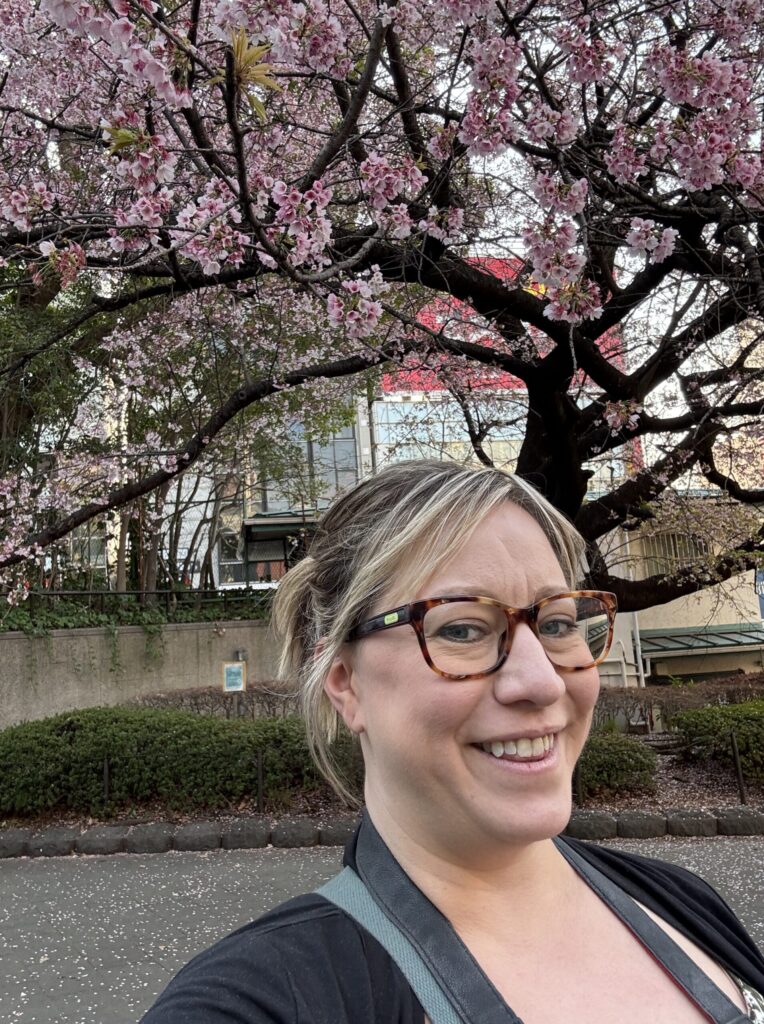
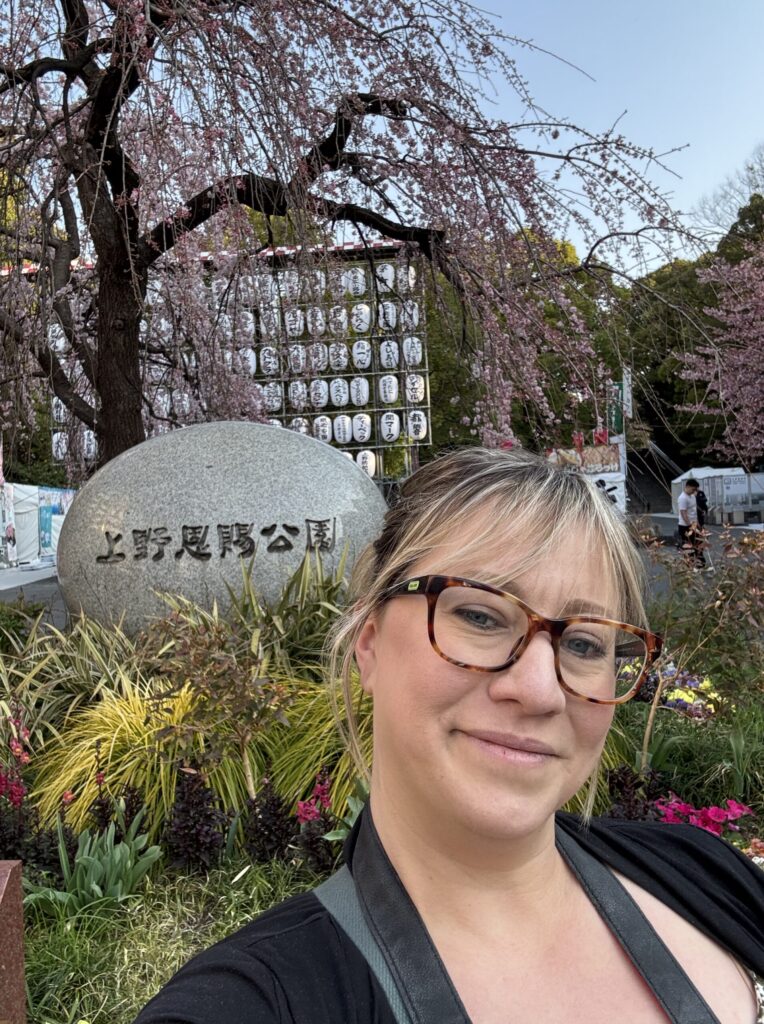
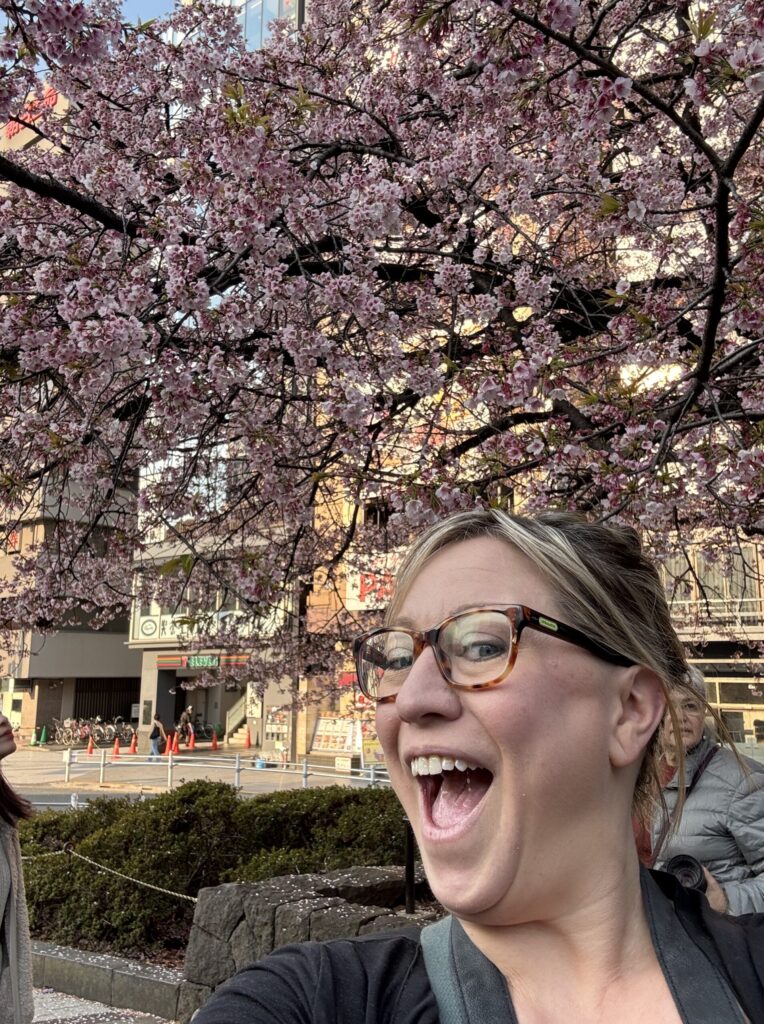
I got to Ueno Park super early on a Sunday – hours before anything opened up – so I could take pictures of the few trees that were blooming without the crowds. This was also great as I got to wander around the park’s many paths, the lake, and several temple/shrine areas before it was crowded. Apparently, outside of the Sakura Festival time, the crowds in the park at any time are much more like I was experiencing at 6am. It was idyllic; I can’t imagine how wonderful it would be in late spring, with the all flowers blooming and without the setup for the festival marring the view. We also returned on Tuesday morning to visit one of the parks many museums – the Tokyo Metropolitan Art Museum, which was showing a special Miro exhibit – and have a delightful farm-to-table lunch at Everyone’s Café. There is so much to see and do in the park that you could spend days there. There are free attractions – temples, shrines, monuments, statues, gates, even some Rodin Sculptures and a very interesting Toilet-Art installation featuring a mural of the digestive tract of animals and various-animal-poop shaped tiles. And there are some of the city’s best museums, covering art, history, and science, and a world-class zoo featuring pandas.
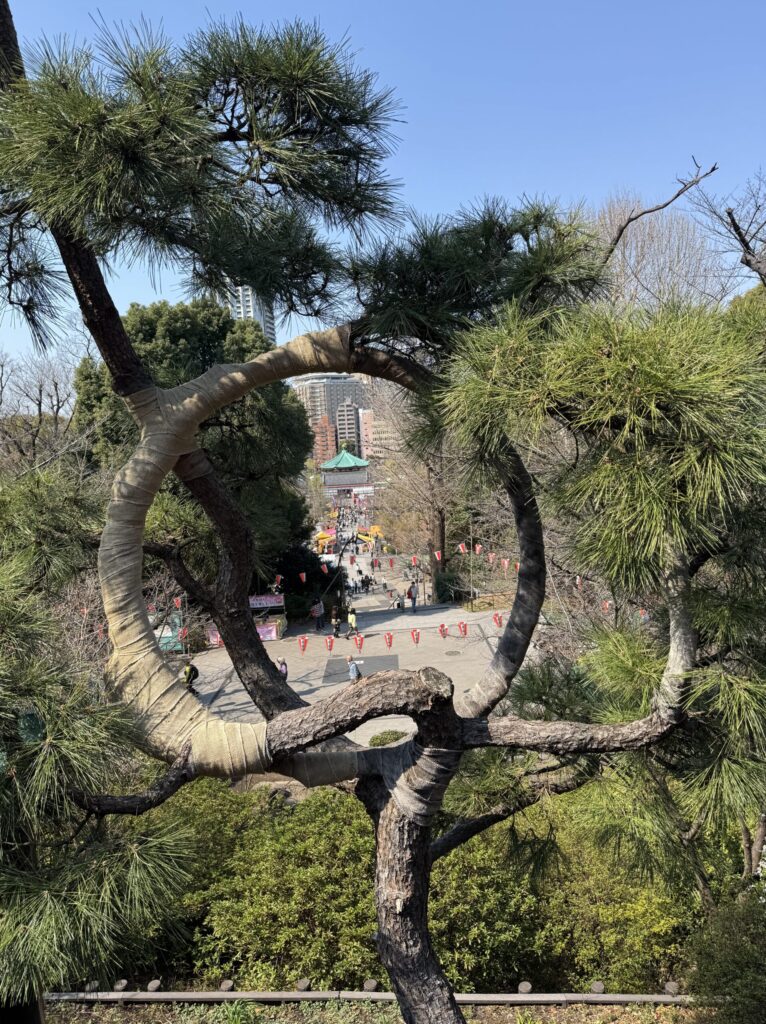
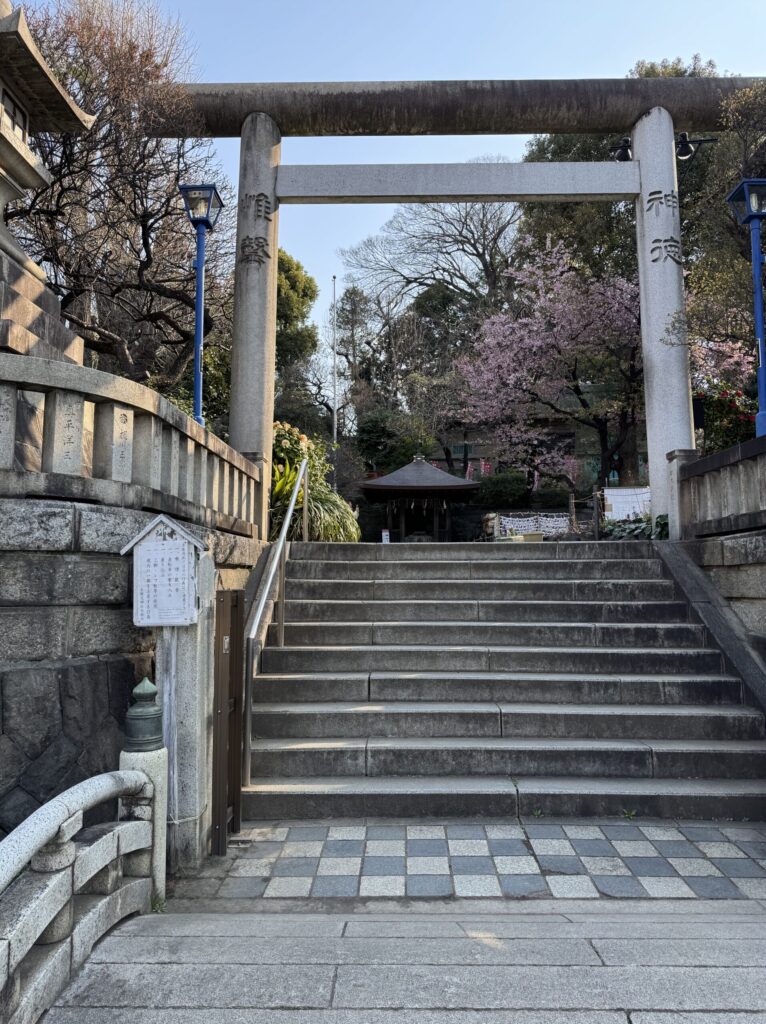
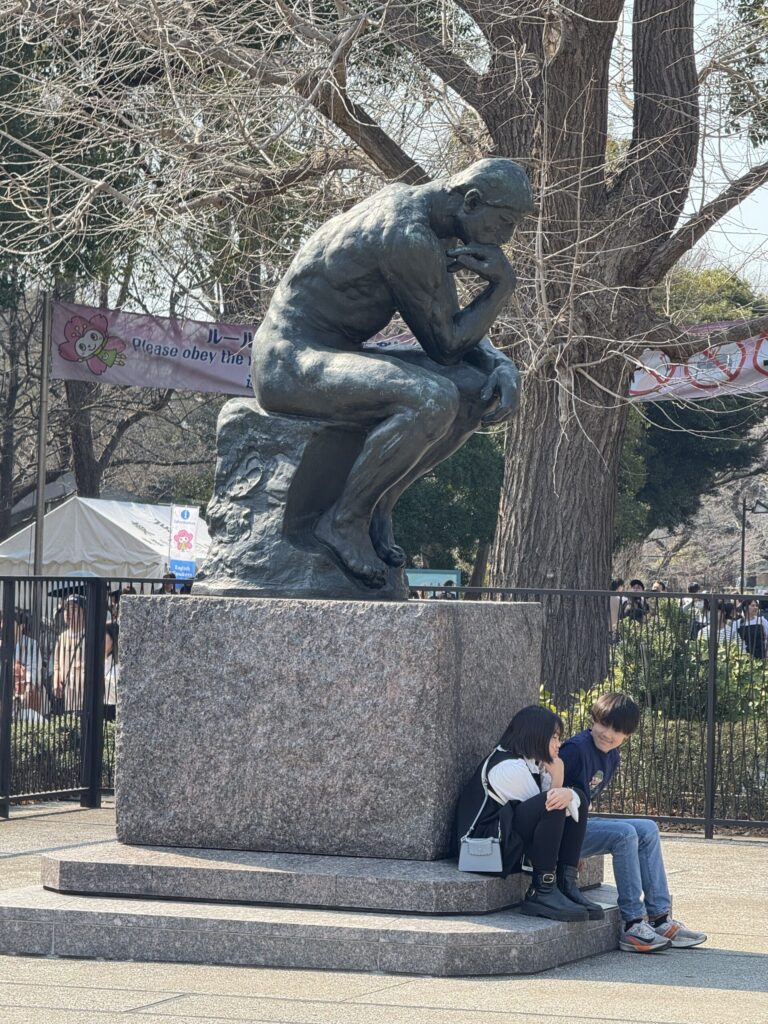
The Sakura Festival aspect made the park even more exciting. I ate everything from the food vendors: Mochi Mentai Monjya (fried soba noodles, spicy cod roe, and cheese) with a sparkling cider; Sakura Taiyaki (fish shaped pastry filled with red bean paste); Mitarashi Dango (grilled mochi balls with sweet & savory soy glaze) with Sakura Cider; Takoyaki (fried octopus dough balls); Gyoza Wearing the Skin of the Chicken (instead of the dumpling wrapper); Okonomiyaki (savory pancakes filled with a myriad of ingredients; Strawberry Tanghulu (rock sugar coated fruit that breaks like glass). It was warm that day, so I got a Kakigori (Japanese shaved ice) where the syrups were self-serve. Poppy Japanese singers sang. A youth orchestra played (the same song over and over). Like three of the trees bloomed. It was such fun to see such an exotic culture’s version of a festival – so different, and yet so much the same! (Here’s a list of all of Tokyo’s events and festivals, and one for Japan as a whole, so you can find something similar for whenever you’re in the country!)
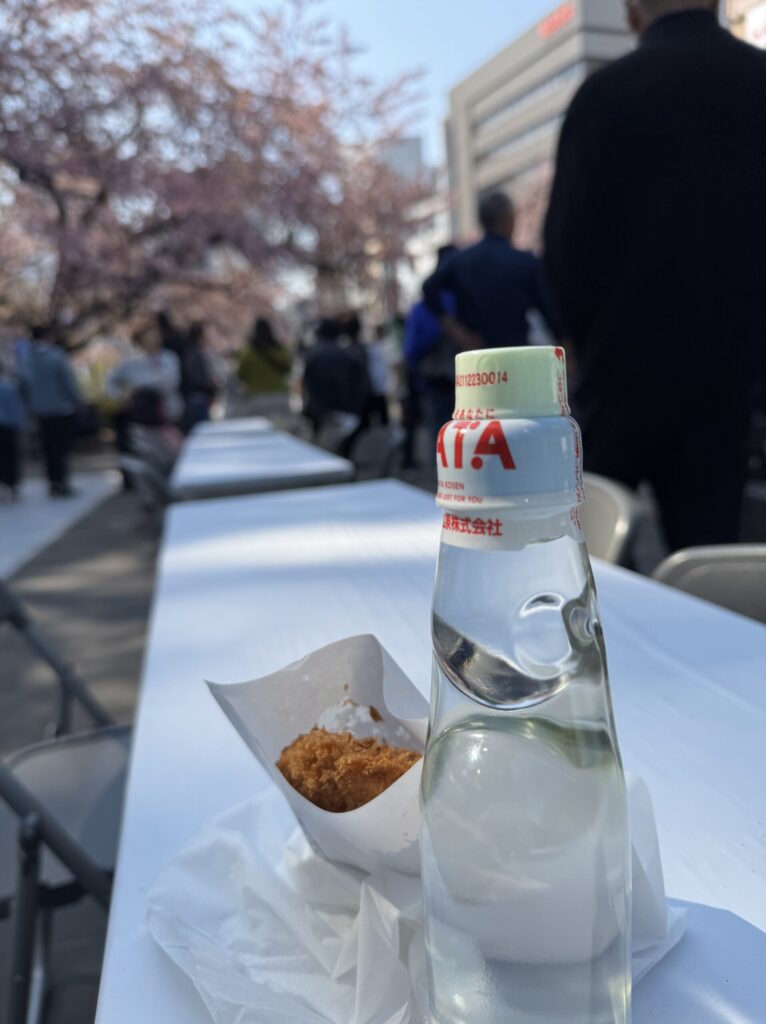
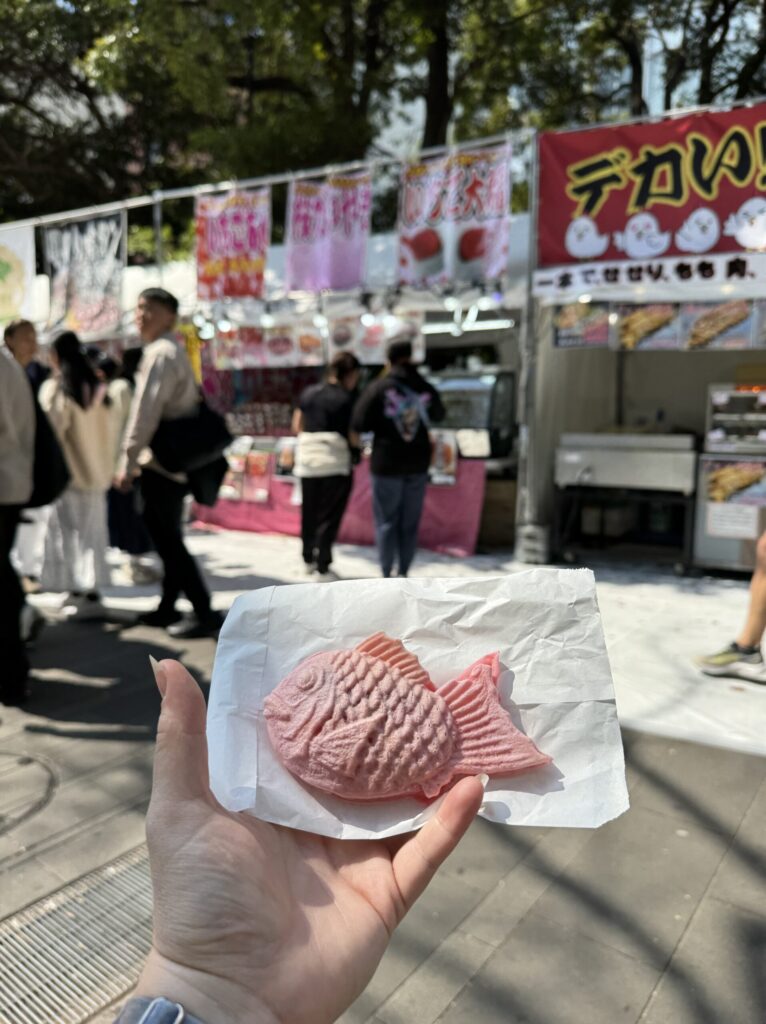
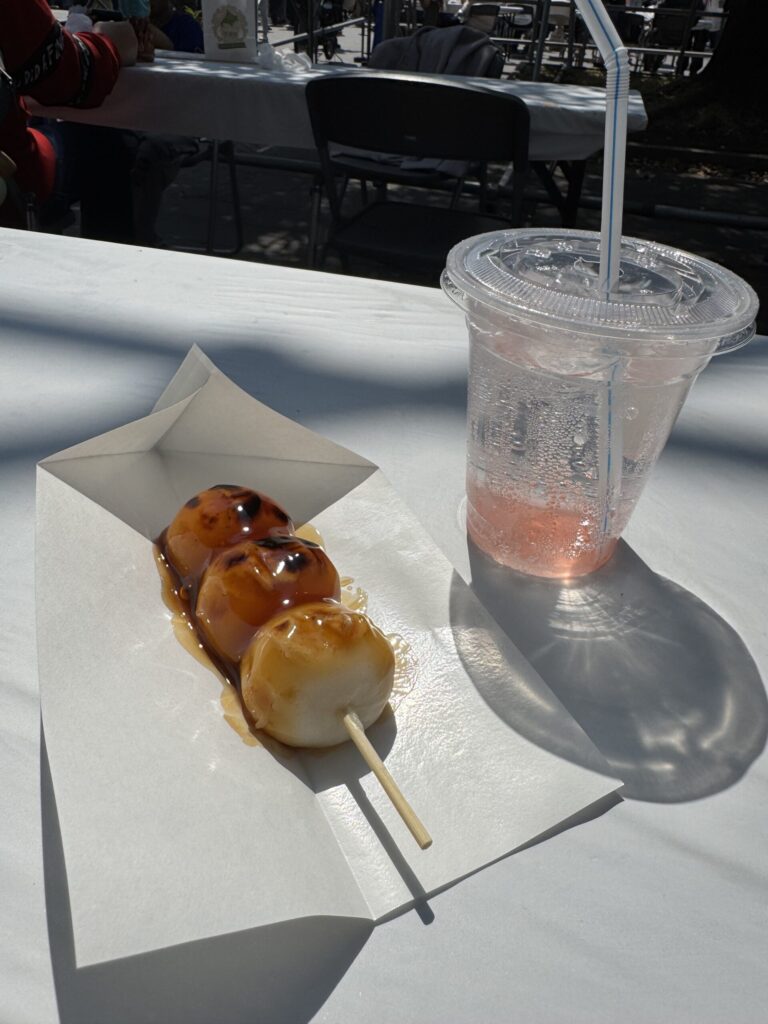
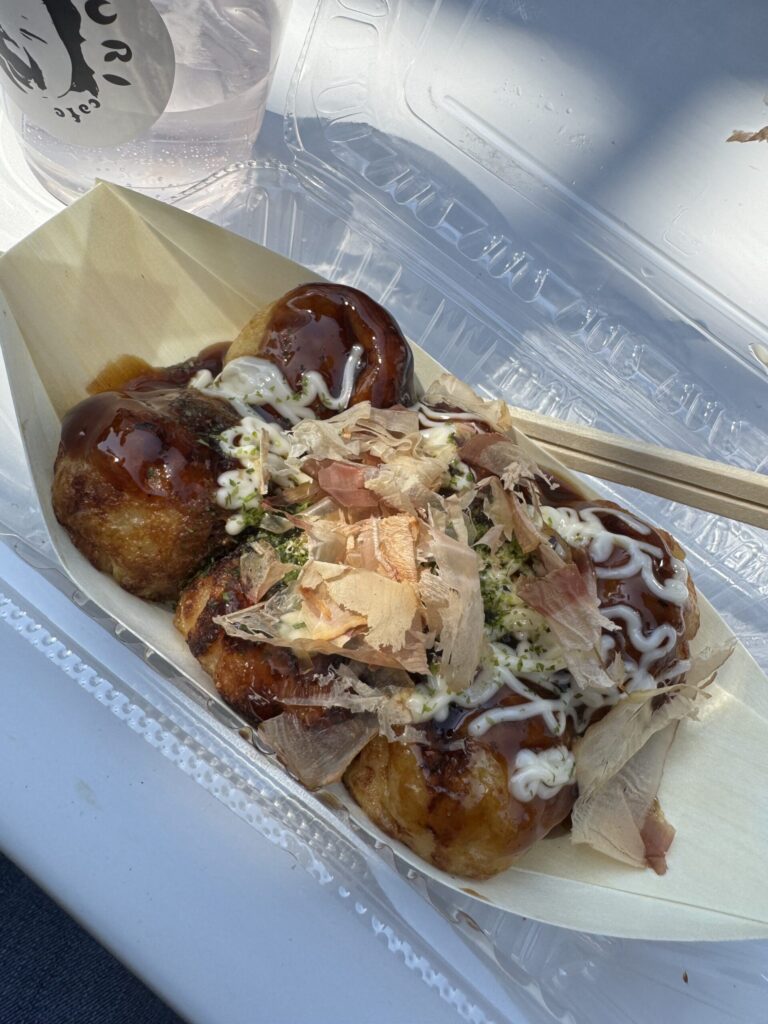
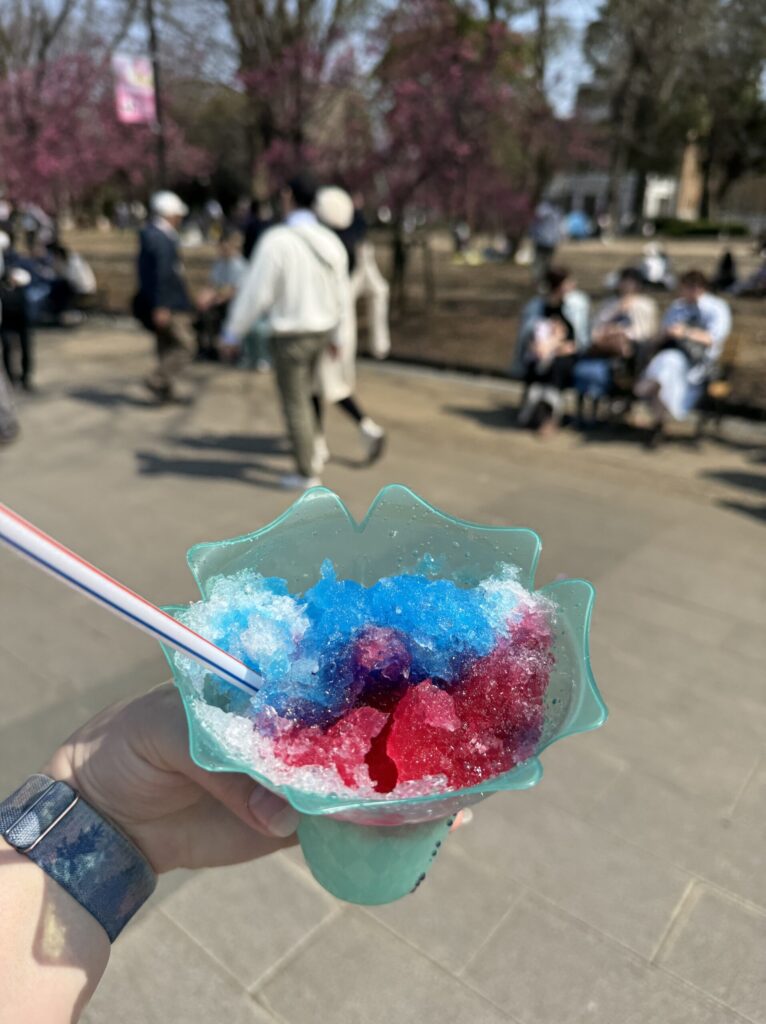
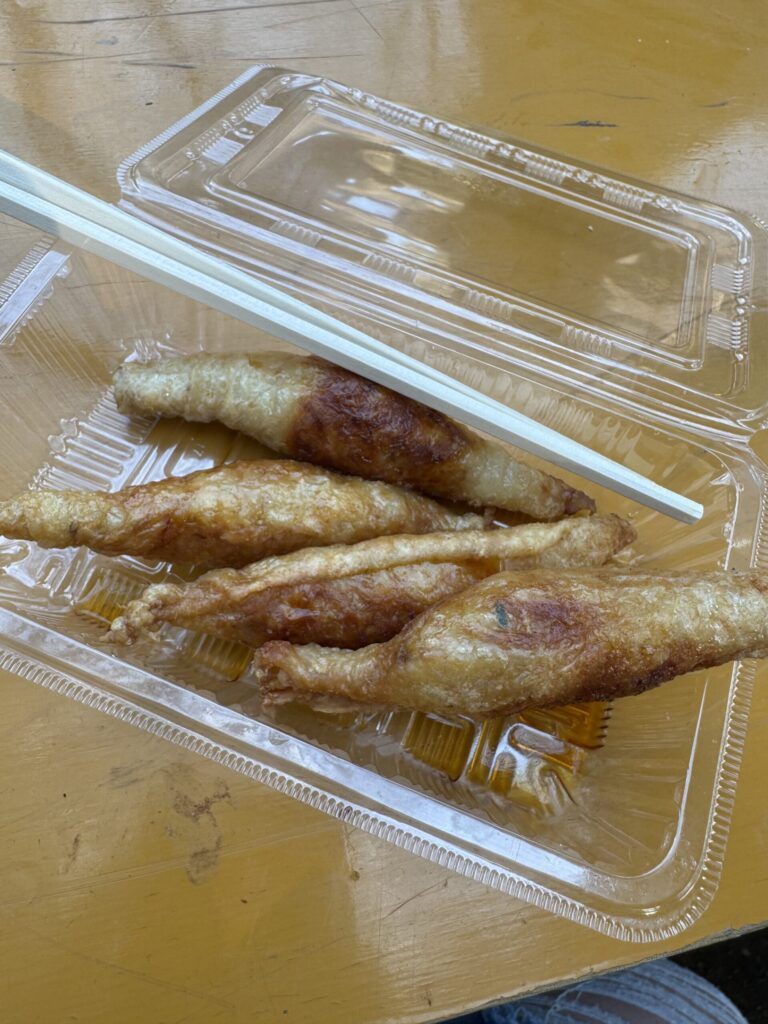
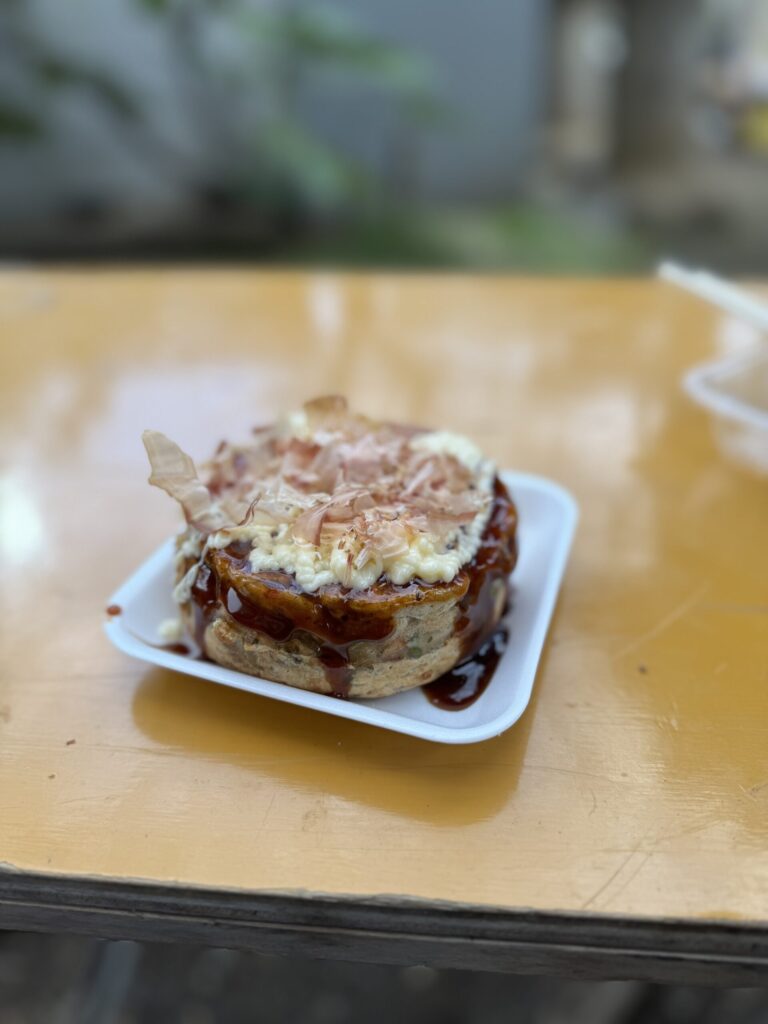
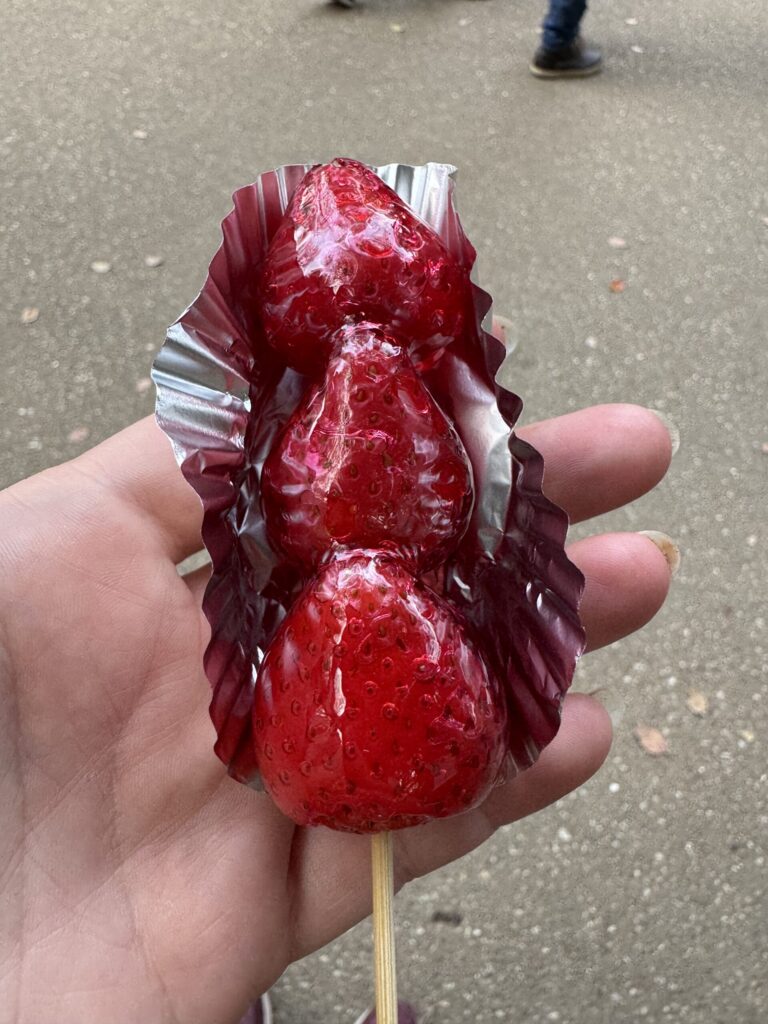
And the final piece of the puzzle of this day was our free tour of the park from Tokyo Free Walking Tours. This is the coolest, and most surprising, thing I discovered in my pre-trip research – you can join free group tours in various important locations around the city, through this and several other companies, or you can book a private guide for free for half and full day explorations!! The only cost is paying any expenses of you guide (entry fees and meals and transportation, for example). And for an individual guide you have to contact the groups at least 2 weeks in advance, though probably much more in the busier seasons. As I didn’t discover this amazing concept until I was well inside the two-week stipulation, we could only join a guided tour – but it was fabulous none the less. We learned so much about the park (the first western-style park in Japan, on the site of a former battle field) and all of the sights and attractions within, and our two guides were just wonderful and funny and kind. It was the perfect way to wrap up a very long day in the park!
#3: Art Aquarium
Open Daily 10am – 7pm
Hot Tip: buy tickets online, then take an elevator to the 9th floor. The museum is on the 8th, but you have to enter via an escalator from the 9th. Also, the main escalators only go up to the 8th, and the elevators get insanely crowded (like lines form on the 1st and 8th floors) – if you take the escalator down one floor from the entrance, then get on the elevator to go to the 9th floor, you won’t have to wait!!
Hot Tip #2: Your ticket will be timed with a 30-minute window for entry. If you go in the middle of that window, it’ll be less crowded for at least the first rooms.
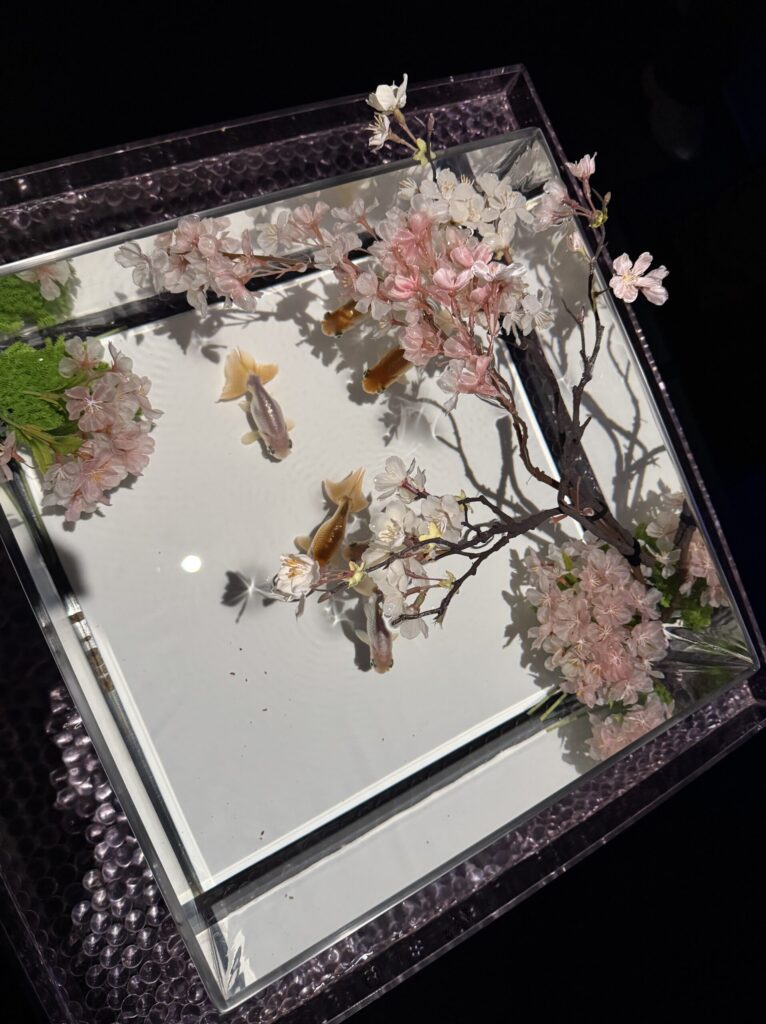
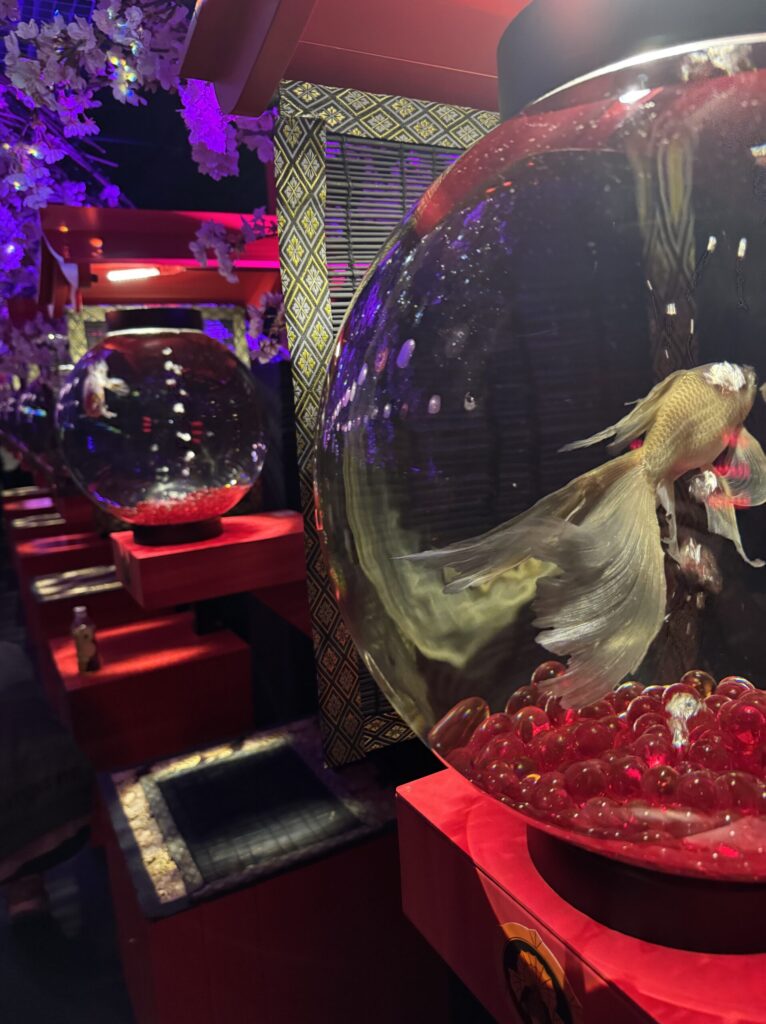
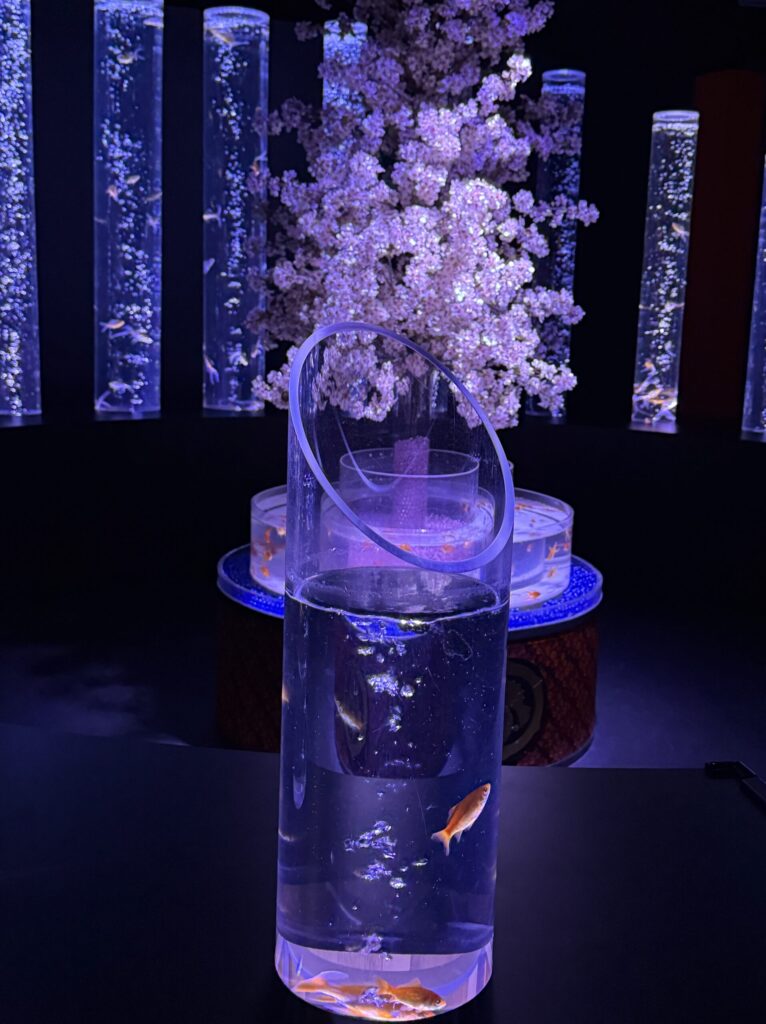
Rare and exotic goldfish meets seasonal floral arrangements meets quirky immersive art gallery experience at this one-of-a-kind Ginza spot, located in the incredible 1930s-era Mitsukoshi Department Store. I didn’t have super high expectations walking in, it seemed too unusual and niche to be that cool, but it was incredible. The black-box setting uses focused lighting to give the space a feeling of being dark, but luminous – like there is light everywhere, but your eye naturally focuses on the subjects rather than the other visitors. There is an ever present sound of water flowing and bubbling, on top of joyfully chill classical music, that completely overpowers the sounds from the crowds (it actually wasn’t crowded, it felt very spacious, but there were a lot of people there talking and making noise). And the displays and goldfish were just… mind blowing. The space was so beautiful, and the goldfish so numerous and varied, and their homes so artfully presented. I left with the same feeling I have leaving a really nice spa!
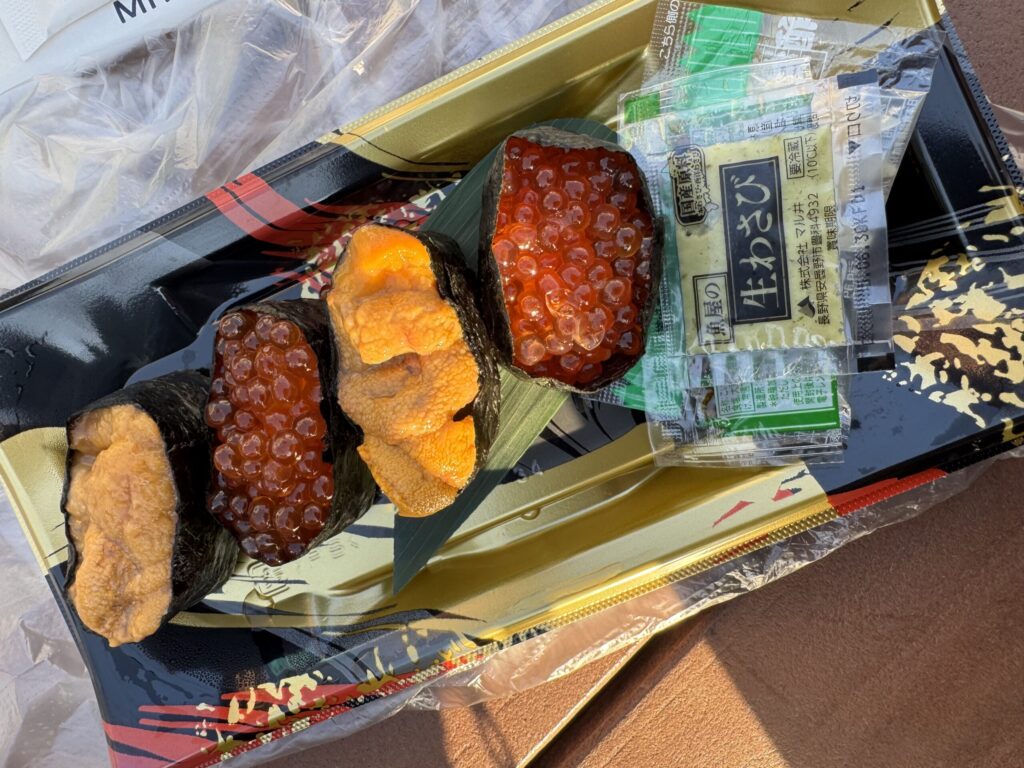
When you’ve had your fill of this delightful museum, head down to the basement (B2f) Depachiku to buy some snacks (we got sushi and strawberries from the grocery area, and freshly made madelines that were just nonsense), and then head back to the 9th floor to the rooftop garden to eat, wrapped in the bliss that the Art Aquarium provides.
#2: Wandering Around Asakusa
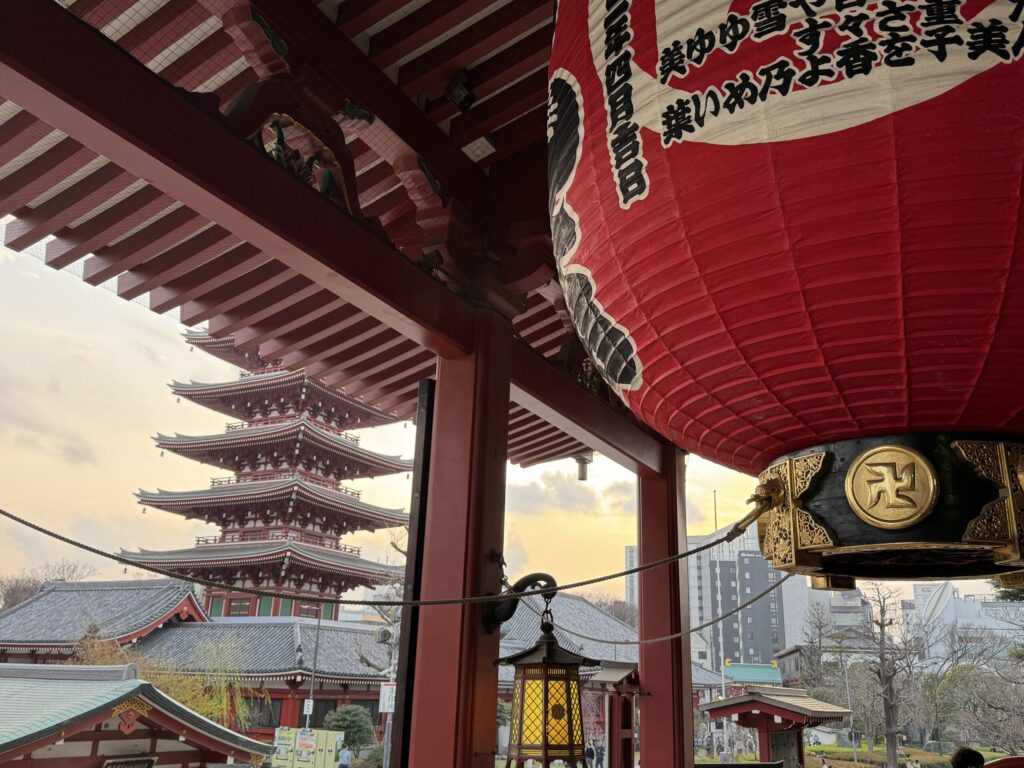
We absolutely did not make enough time for this on our trip this spring, but even just seeing the highlights of the area made it one of the best afternoons. Some say this area is “too touristy,” and yes, there are a lot of tourists taking pictures of Kaminari-mon Gate with its giant lantern, and buying cheap souvenirs on Asakusa Nakamise shopping street, and gawking at the Rickshaws carting people to and fro. But there is so much more. Beyond Senso-ji Temple, there are countless little shrines and temples scattered through the area – one we stumbled upon contained a mound where comic scripts were stored during WWII when they were banned by the government. There are a myriad of amazing places to eat in the area, too – without any plan, we found Doughnut Mori on the way in and Asakusa Hanakawado Funachu, a 77 year old Unagi Restaurant on the way out. We also ate incredible seasonal desserts and coffees and cream sodas (which are sodas with a scoop of ice cream; not what I was imagining!) at Kukurihime Coffee. I have a list of a dozen other places I wanted to try, from insta-worthy street food to historic eateries. Plus there are a million little shops and specialty stores, in which we found the cutest things! And that’s on top of Kappabashi Street, famous as the place where restaurants shop for all durable goods, from some of the best knives in the world (I will get a knife every time I go here, there is no other option for me) to tableware (we found pig shaped salt shakers for $0.50 a piece!) to pottery (an amazing variety of chopstick rests and little vases and bowls) to random necessities like the ubiquitous curtains you see in the front doors of restaurants. My biggest recommendation for a trip to Tokyo is to take time to wander aimlessly and discover rando delights, and this area seemed to be the very best!
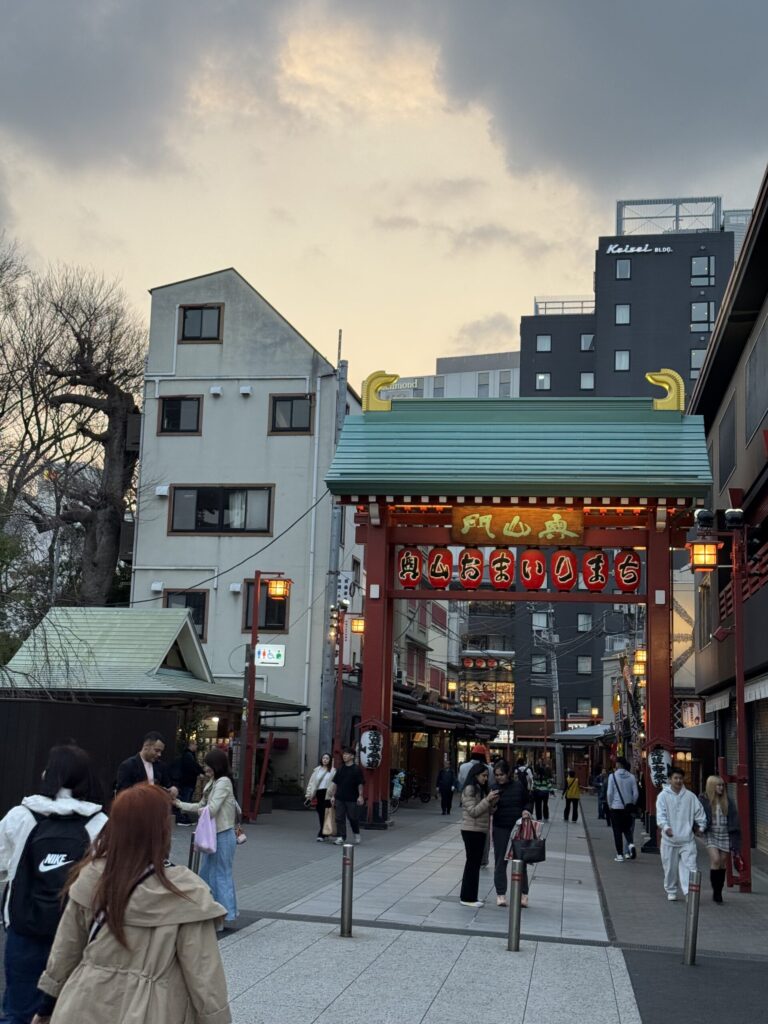
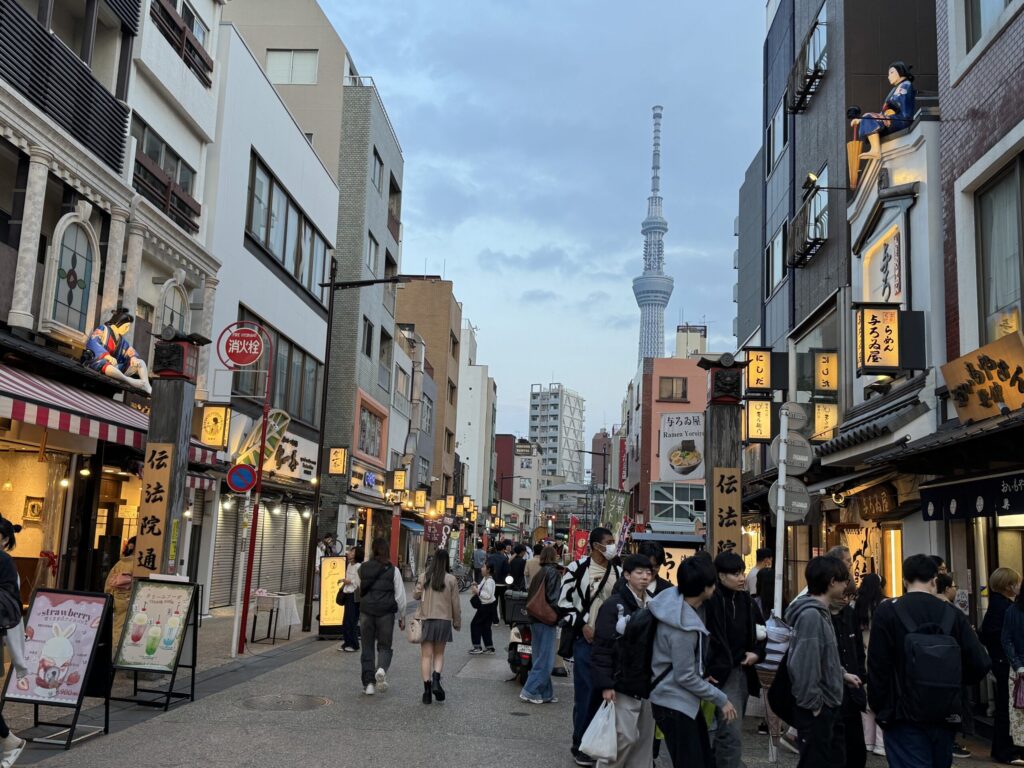
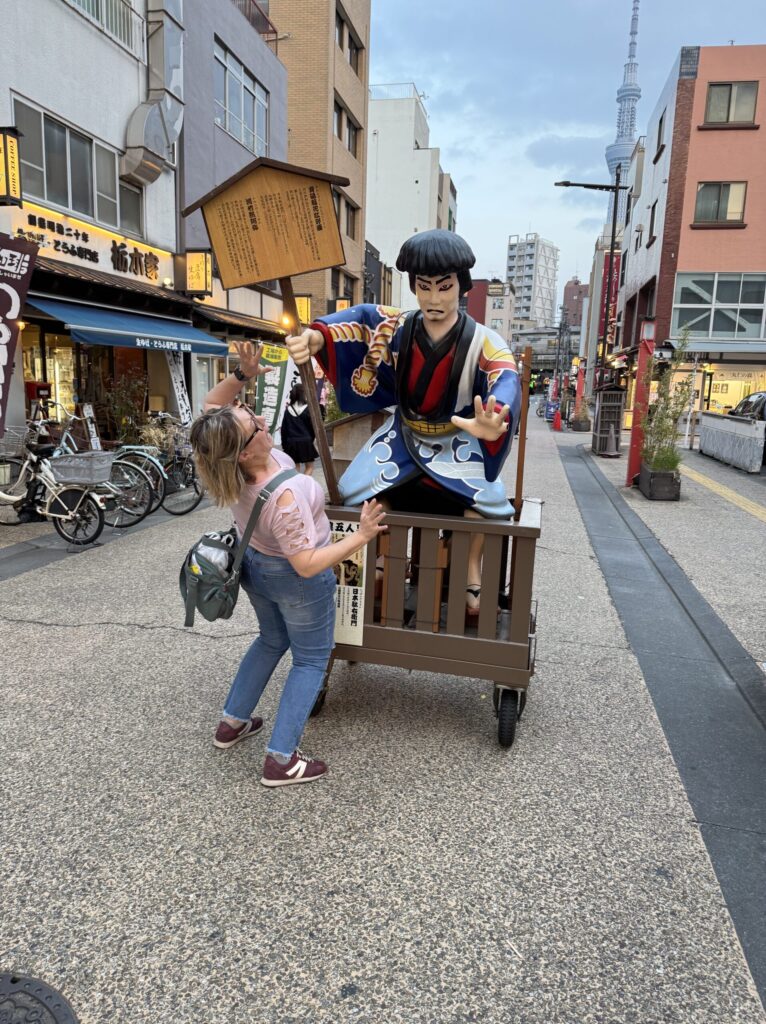
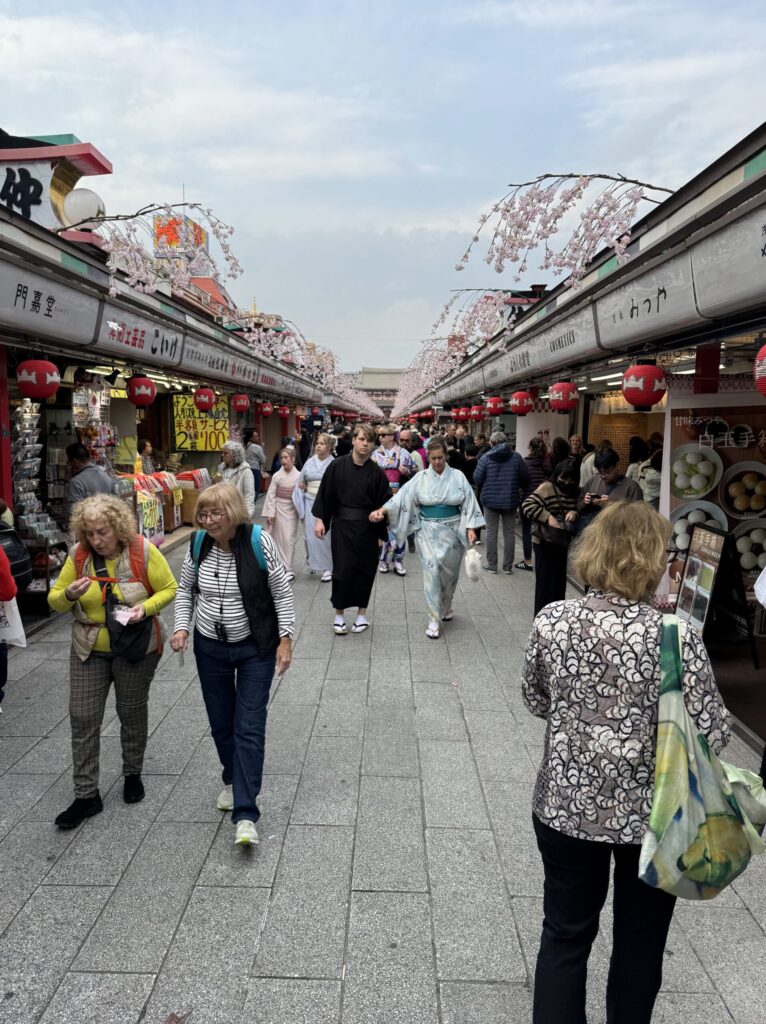
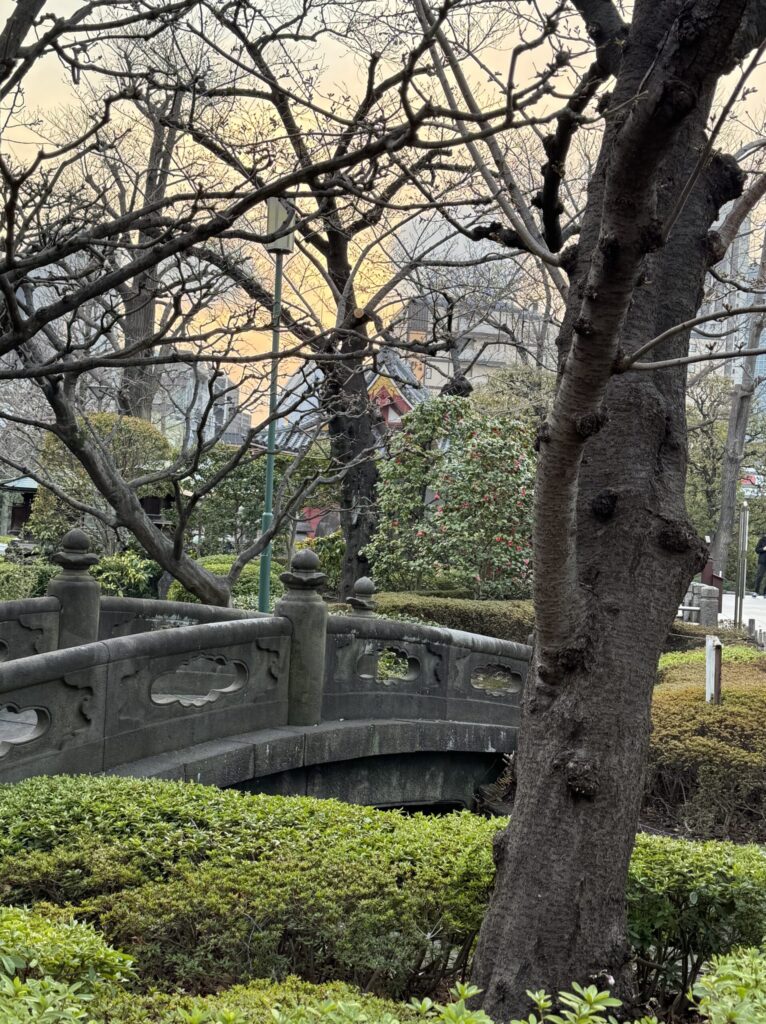
and my number one, absolute favorite tokyo experience is… Tsukiji Outer Market!!
Open Daily 8am – 2pm
Easily my favorite thing to do in Tokyo, Tsukiji has it all. A somewhat chaotic atmosphere that is still meticulously organized and clean and friendly and easy to navigate. Street food, both raw and cooked, highlighting local ingredients from seafood (top billing) to meats (like kobe beef) and produce (seasonal fruit is not to be missed). A dazzling array of things to look at, both strange and familiar. Restaurants to duck into if you want a break from the hustle and bustle and/or have a more complete meal. Tourists and locals alike to provide exceptional people watching opportunities. You get some of the best food you’ll ever eat at reasonable prices – like a whole tray of uni for $20!! – plus an activity and a show, and I would go there every day if I had the time!
Wanna know more about my adventures in Tokyo? Check out the Tokyo Page for all my posts and info about this trip! And follow me on the social medias, ask questions below, or email me if you want my whole dang spreadsheet!
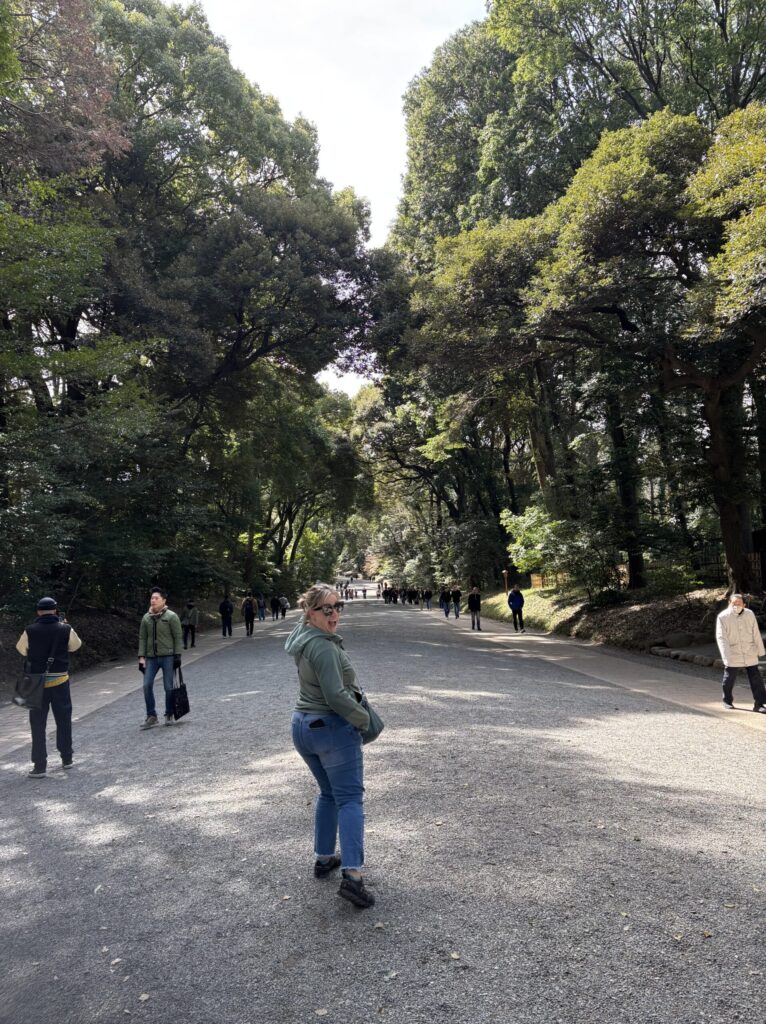
Want to Keep Wandering?
The adventure doesn’t stop here!
Dive into another of my favorite travel tales, tips, and sober chaos:
Or Crack open the chaos and explore my destinations, advice, and big ol’ feelings:
Want more weird, wonderful chaos in your inbox?
No spam. No nonsense. Just good stories and the occasional travel tip.

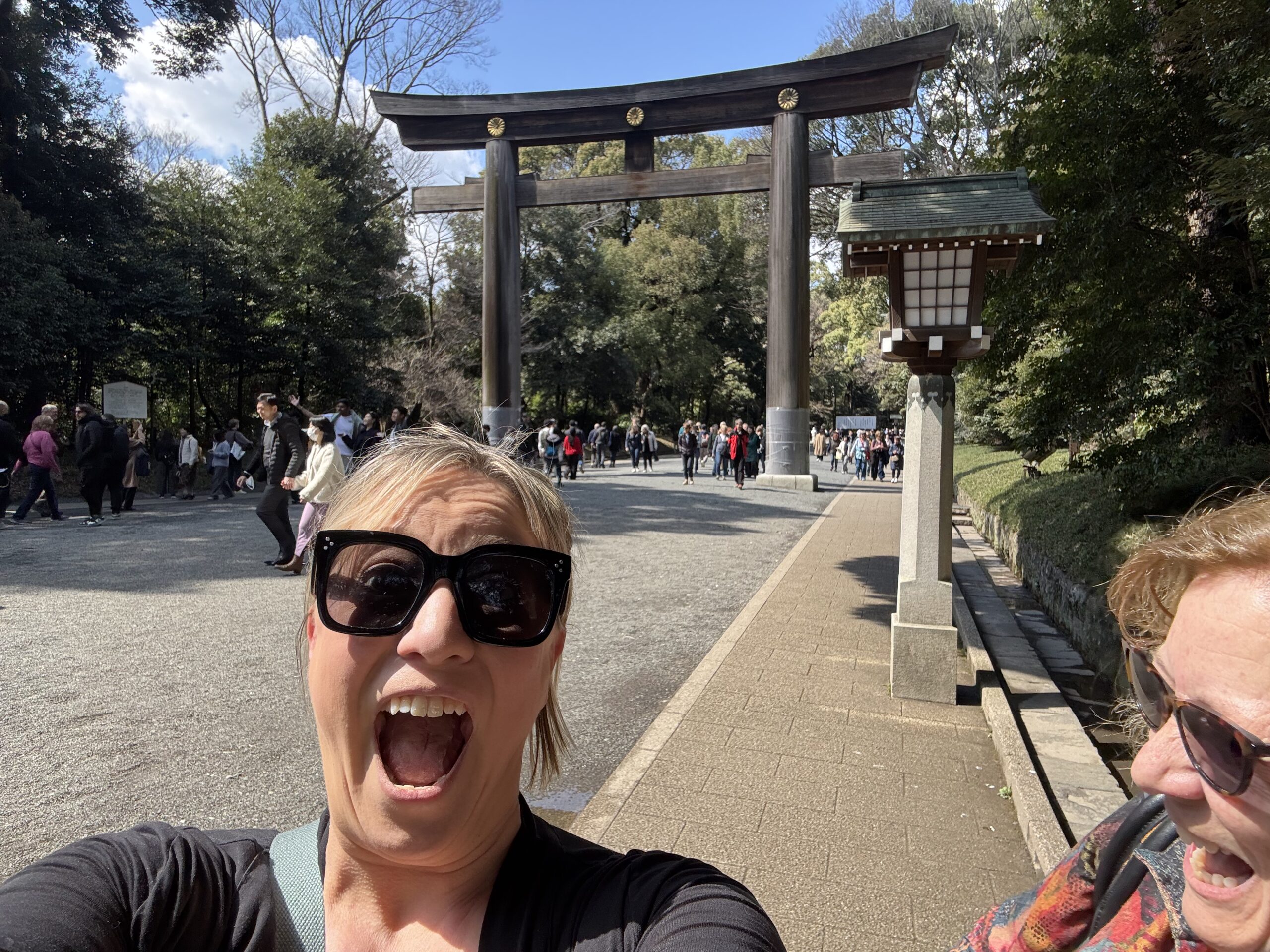
Leave a Reply